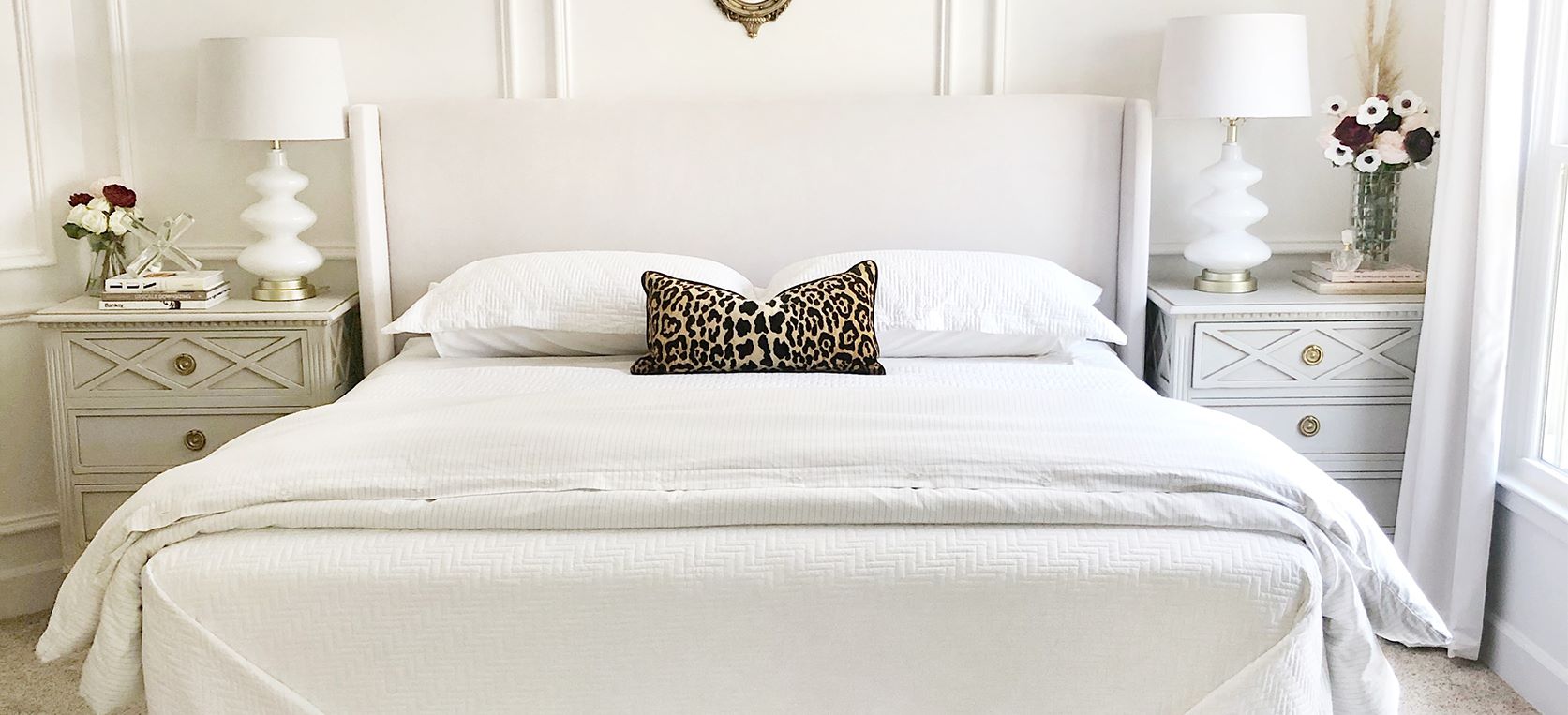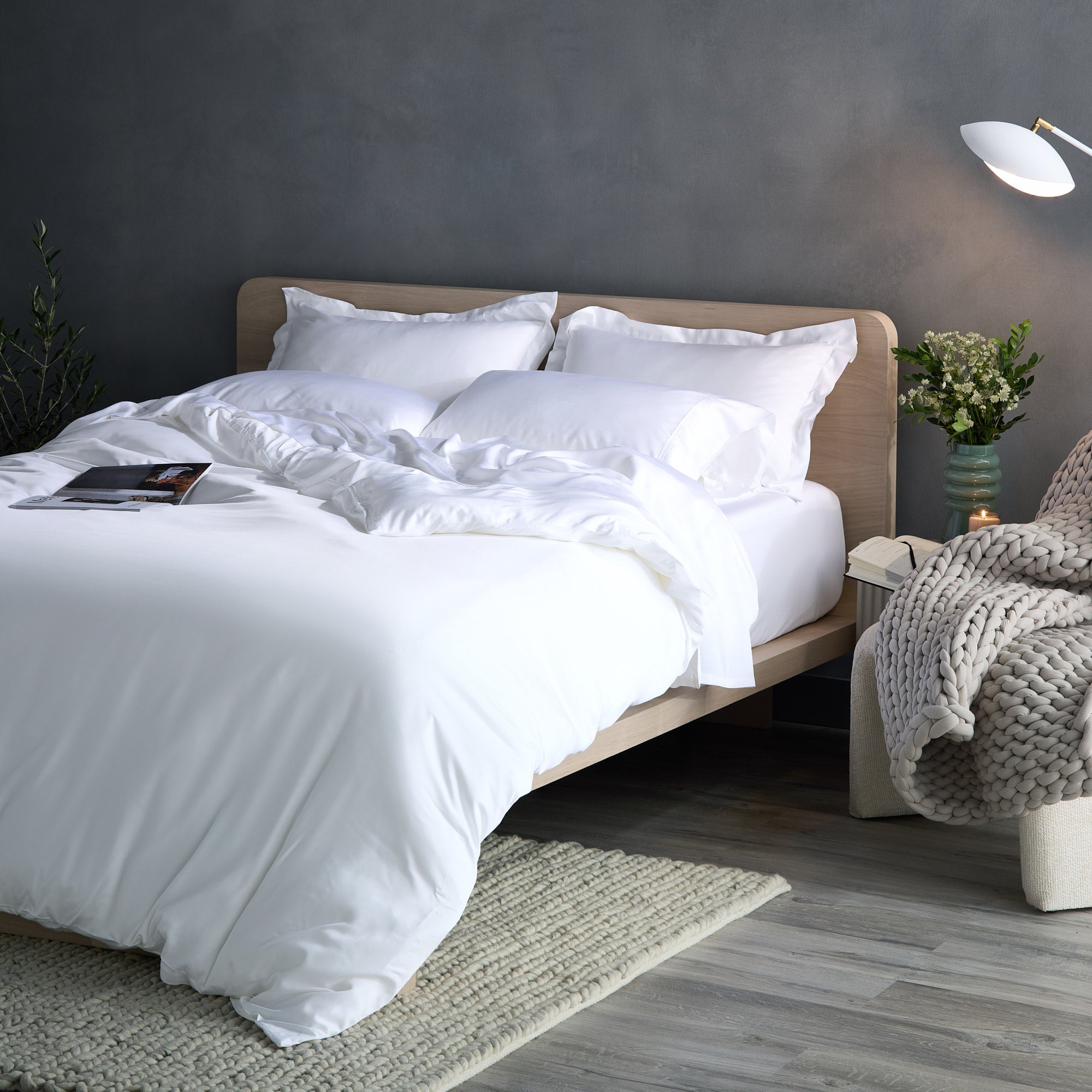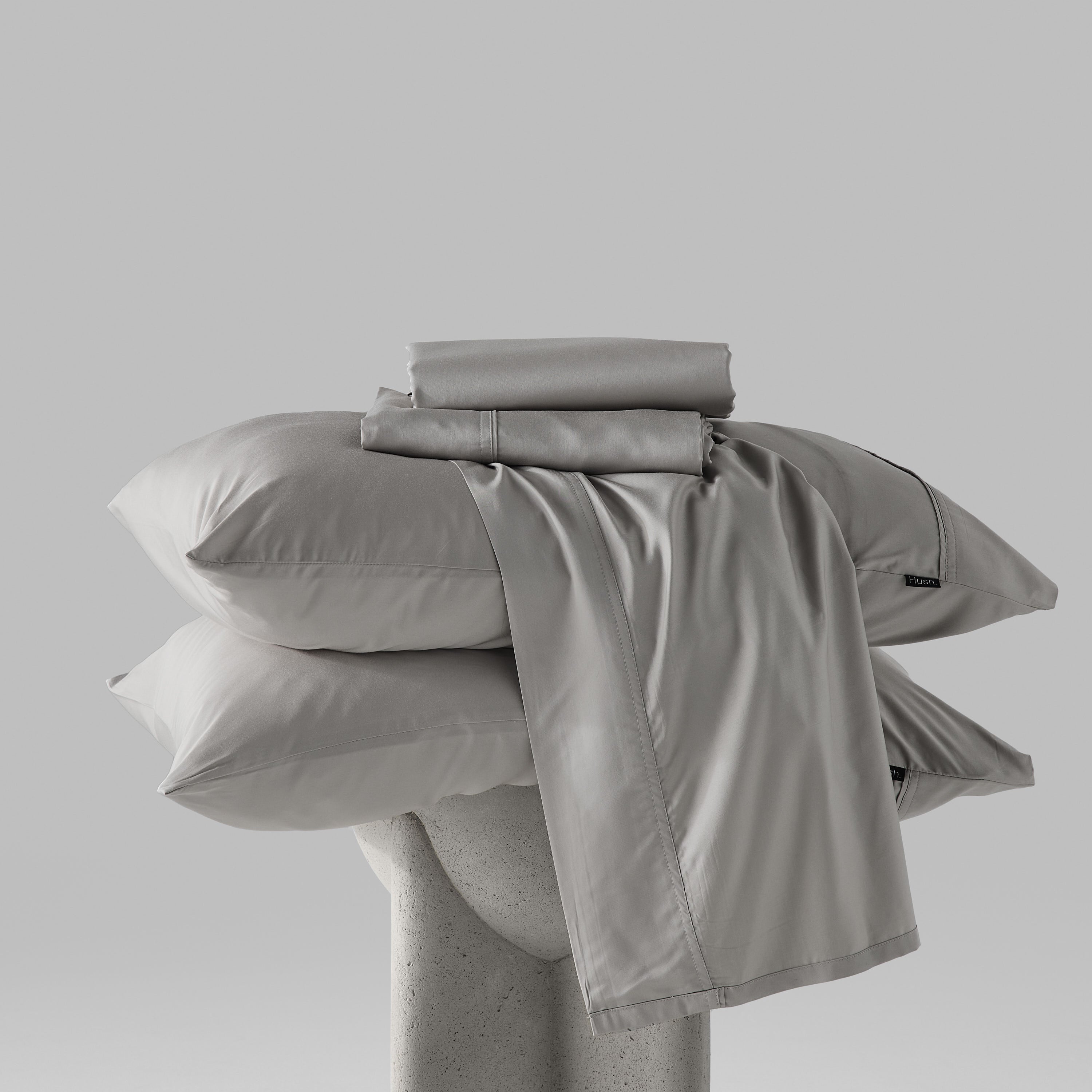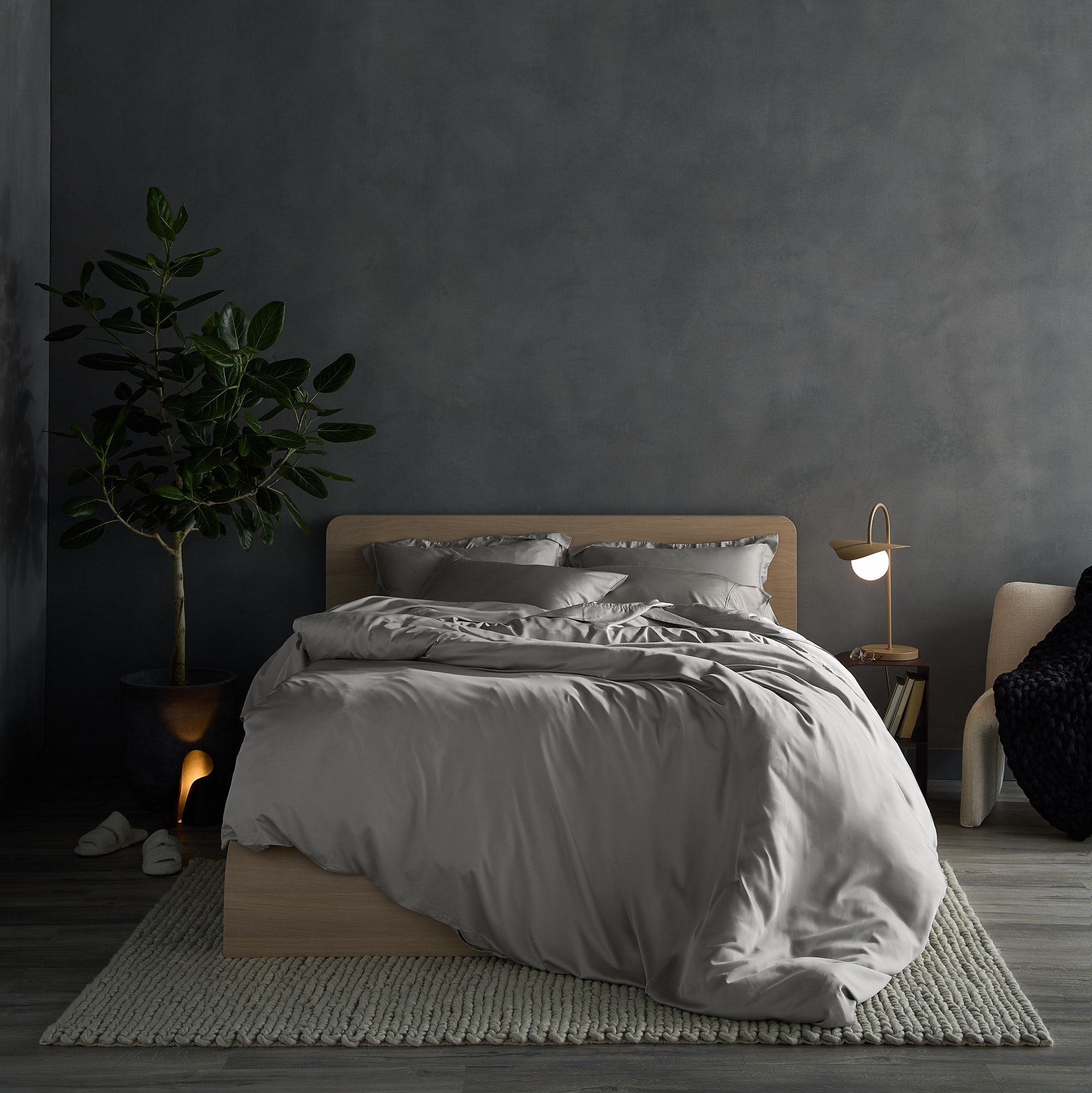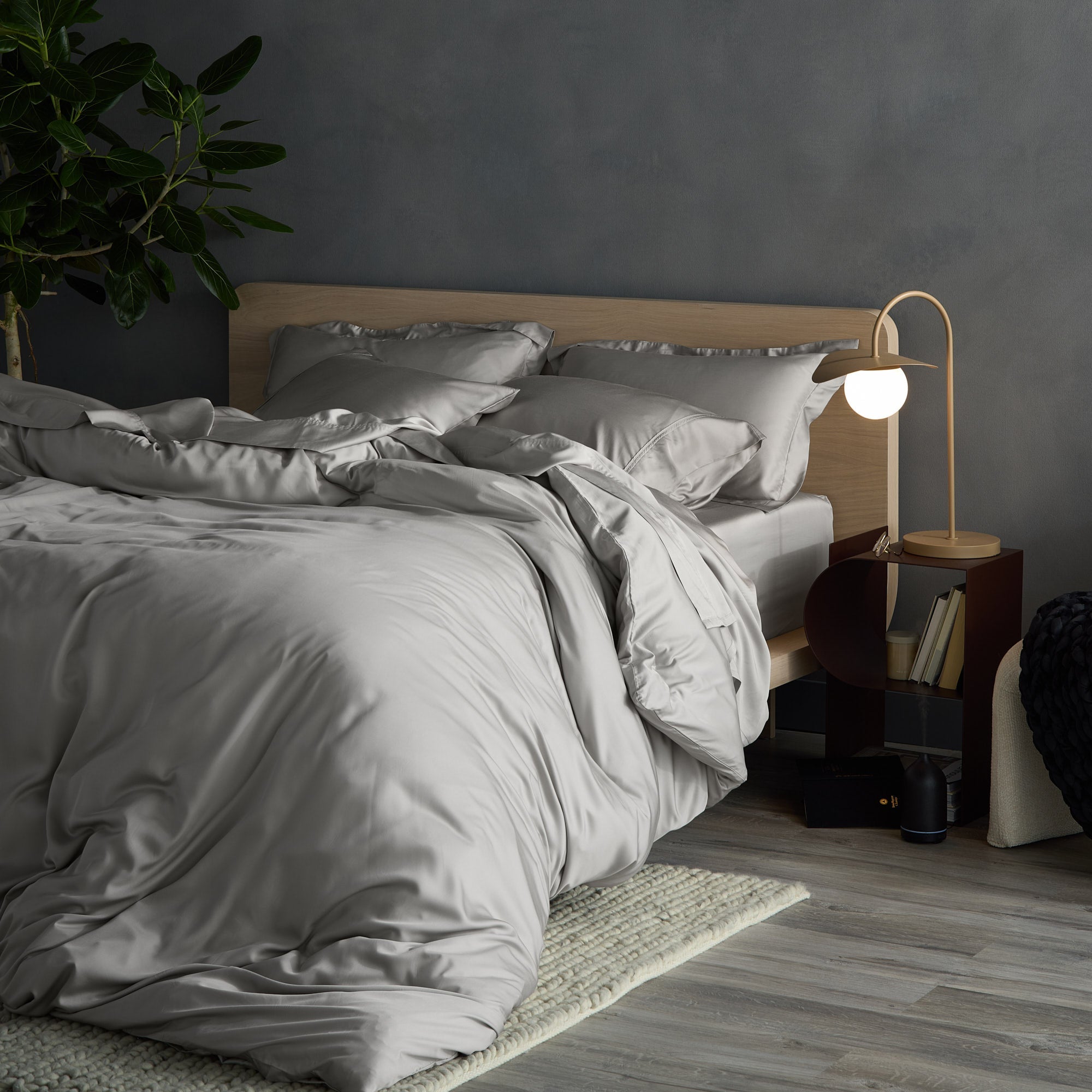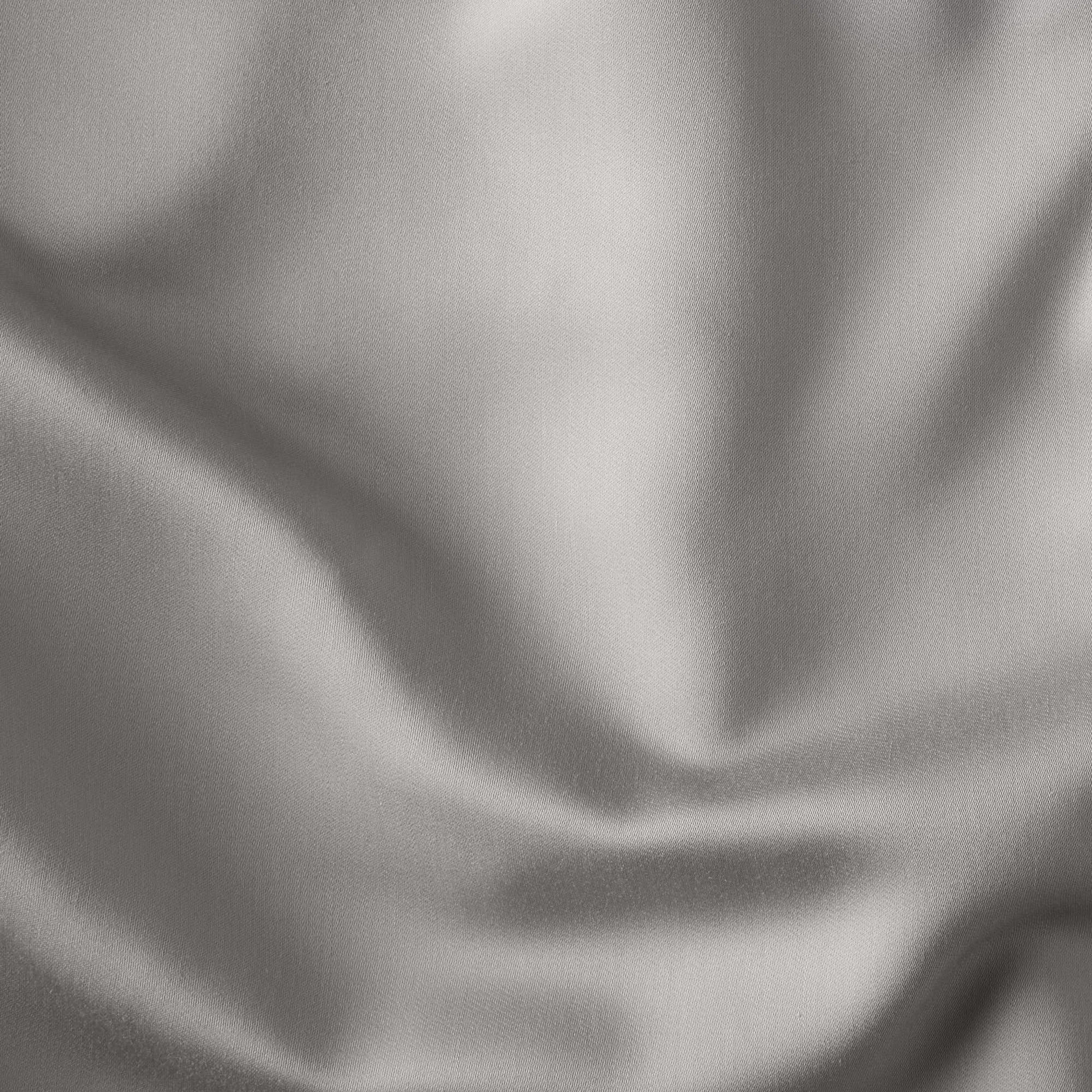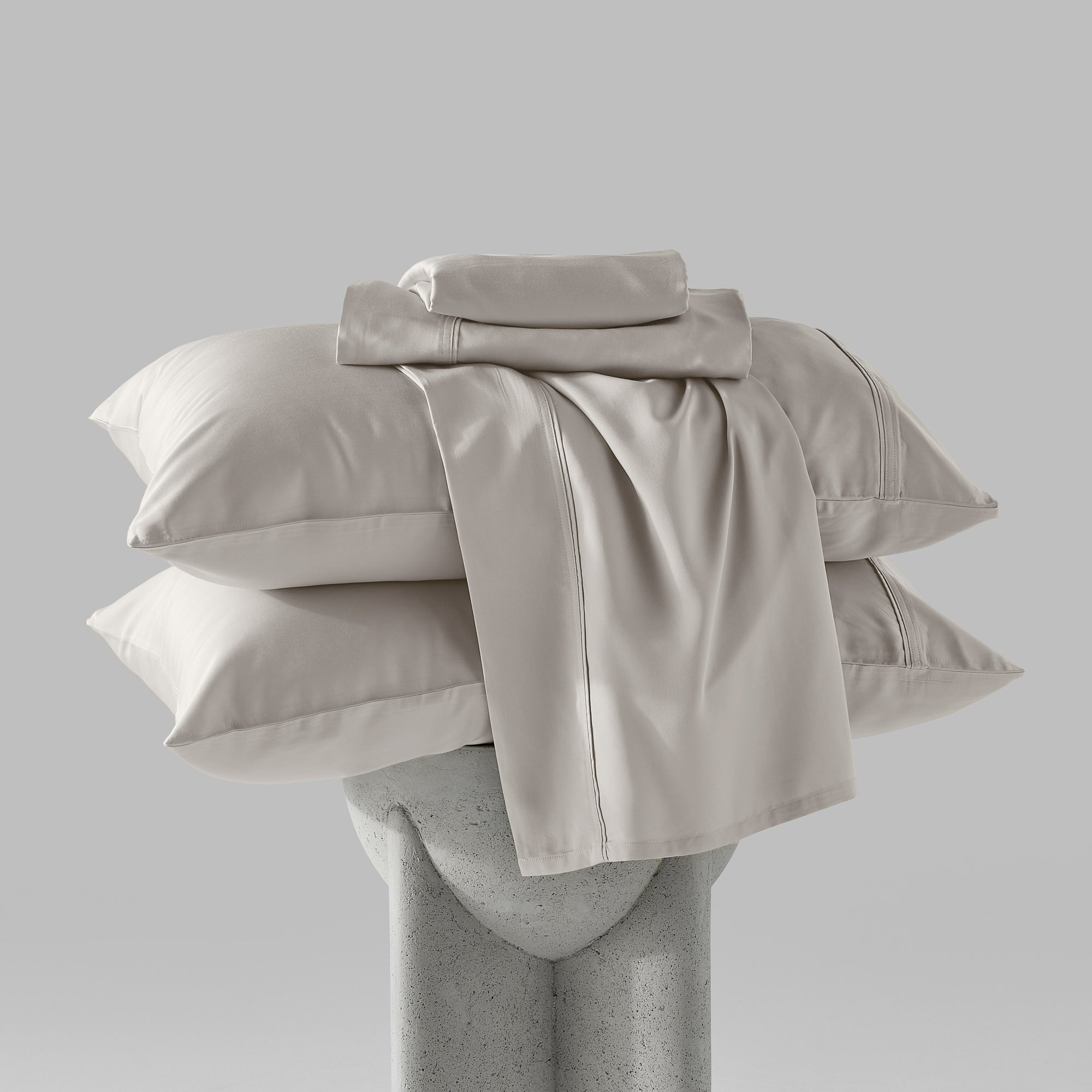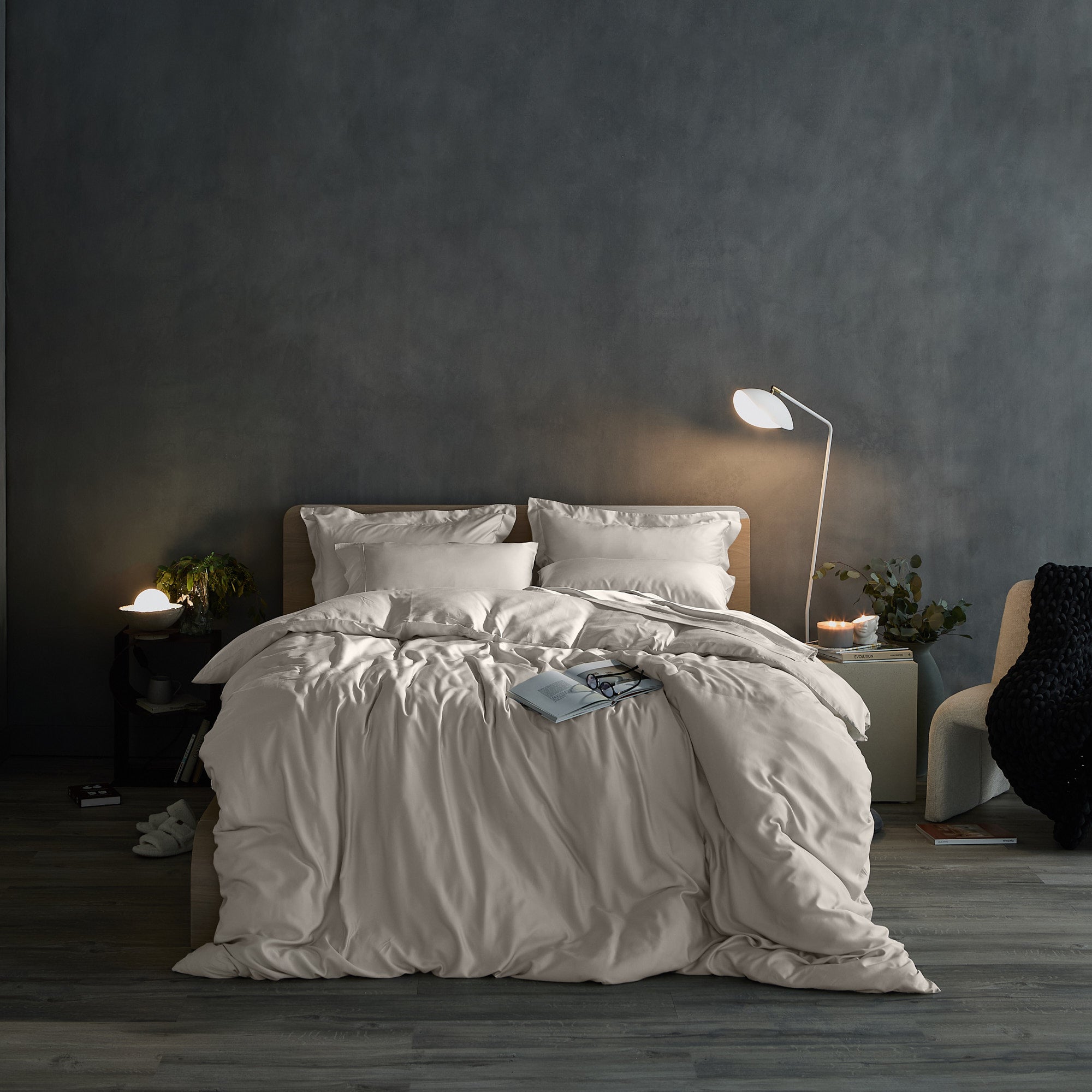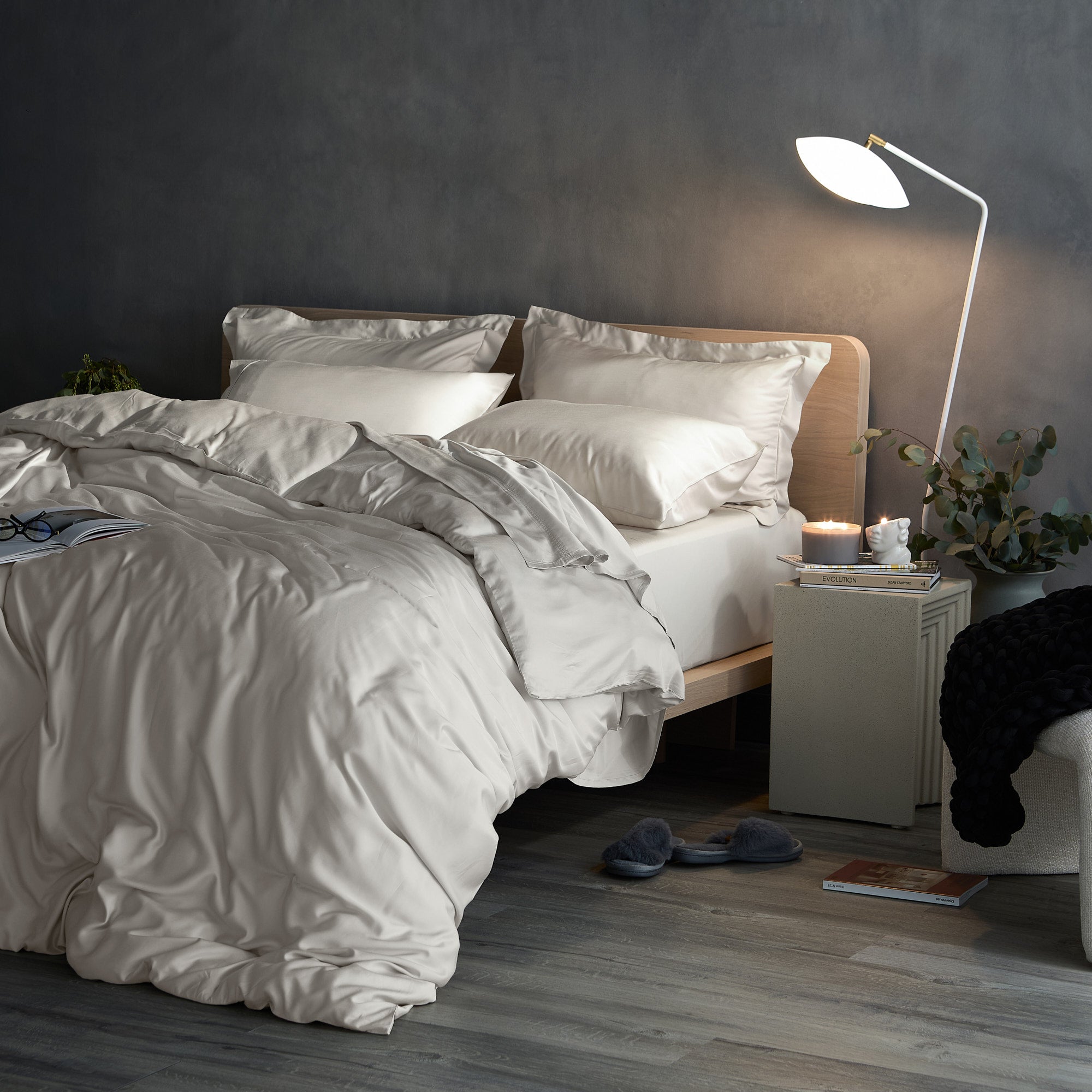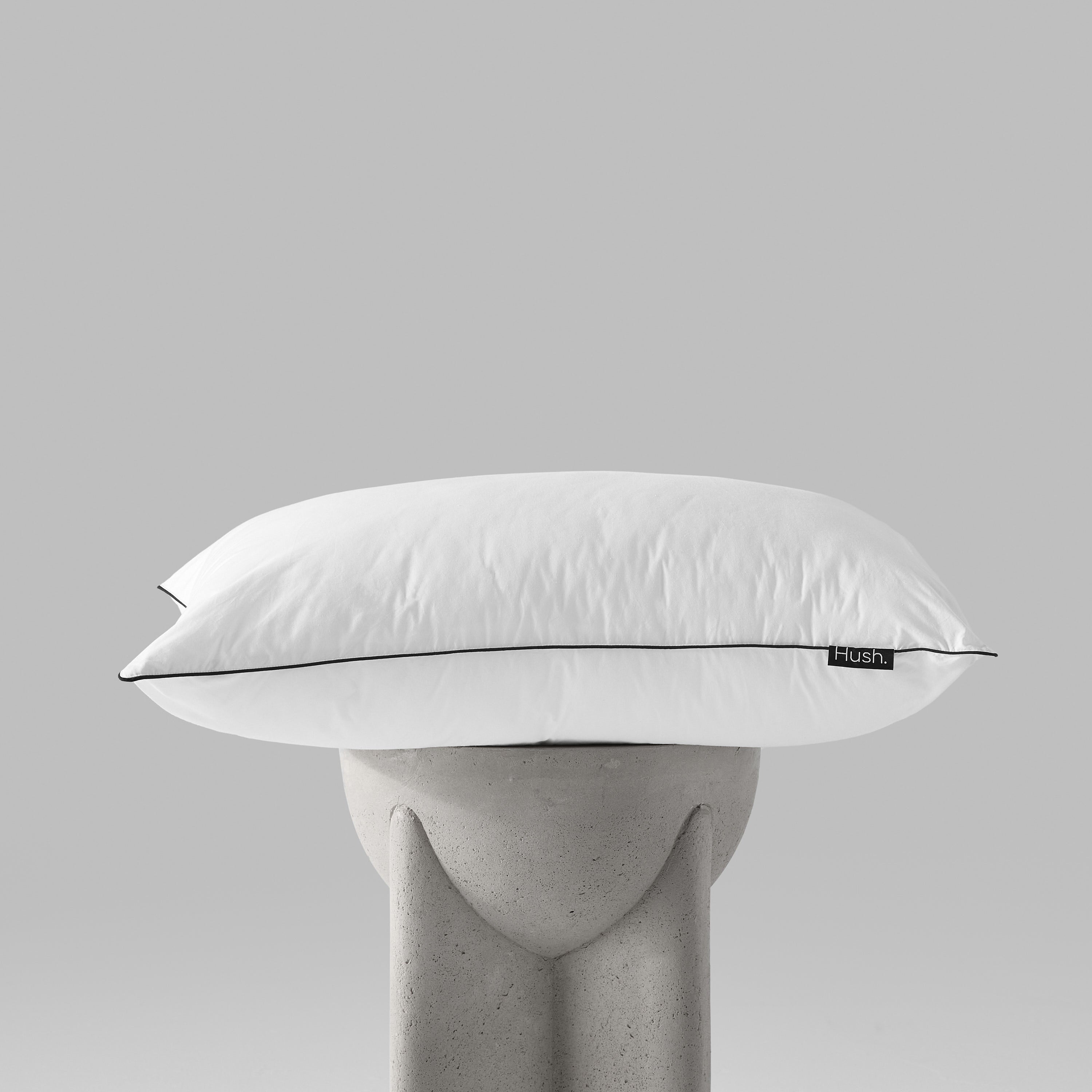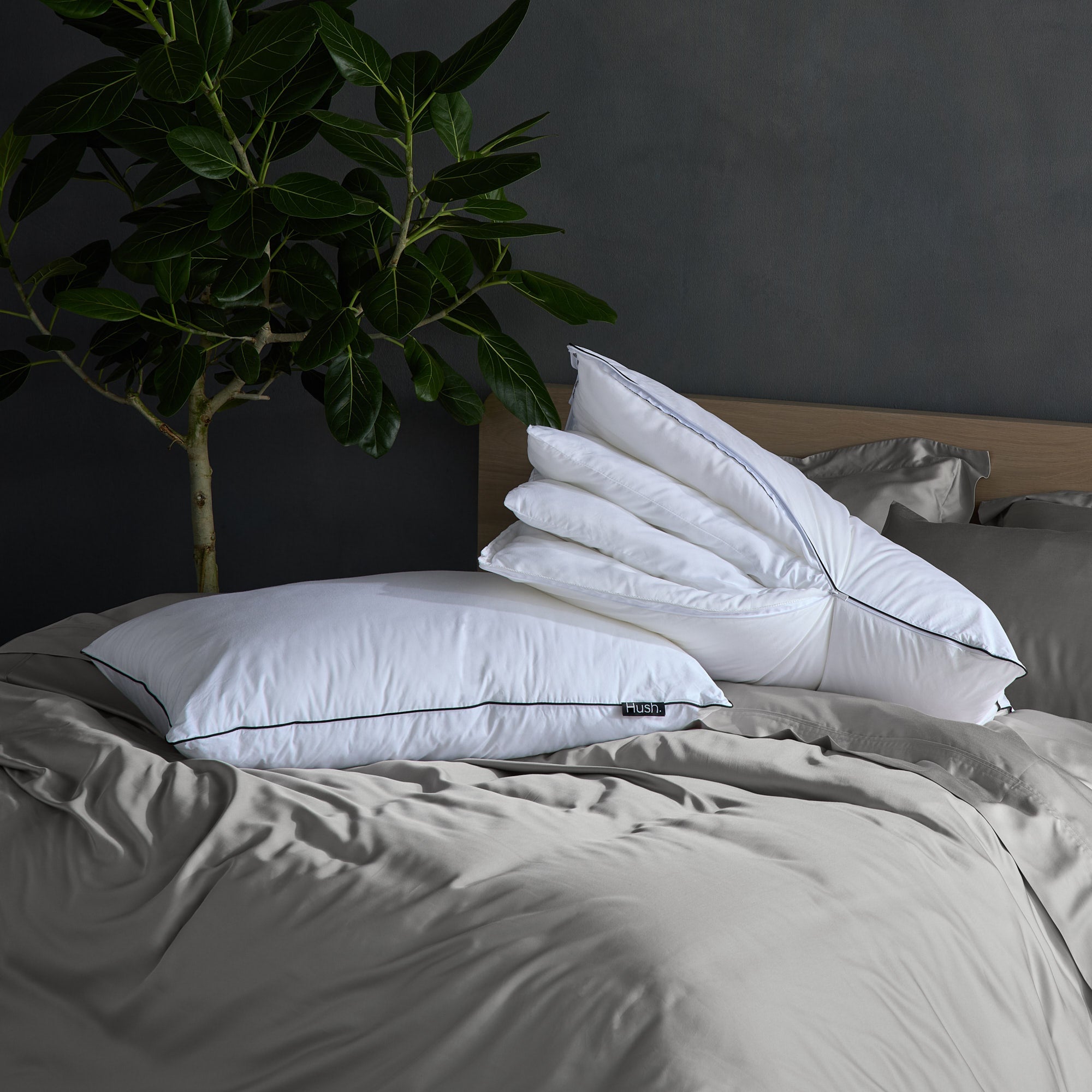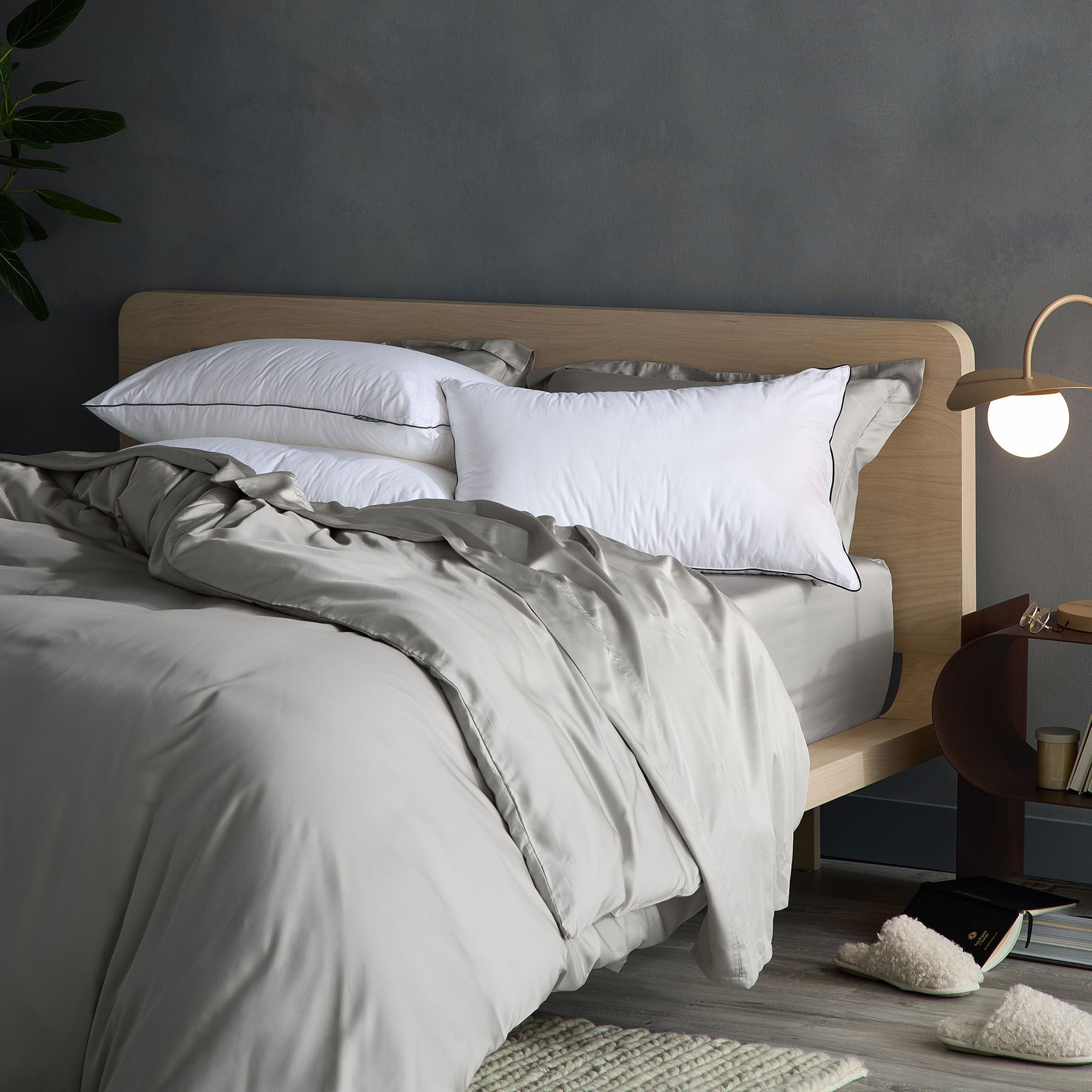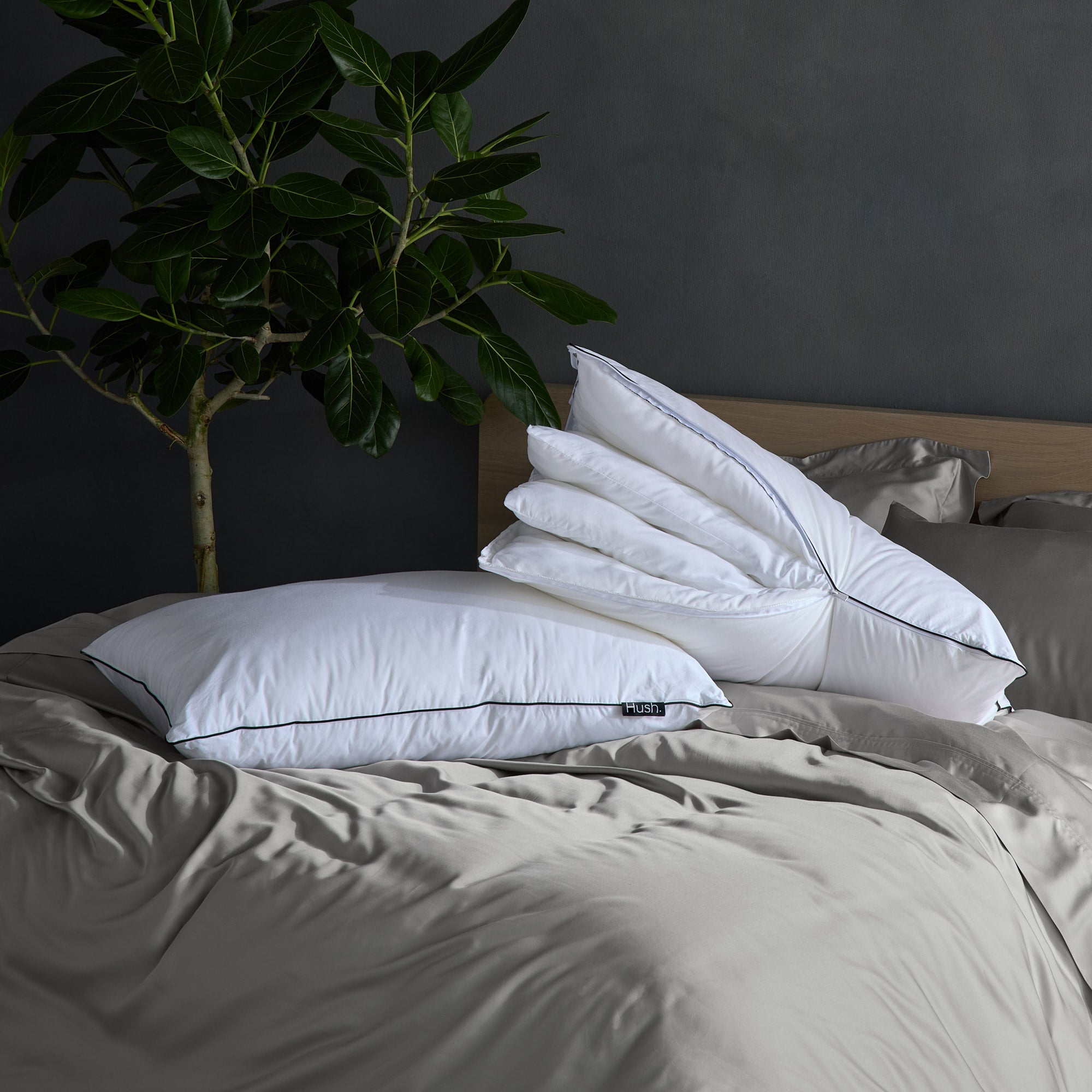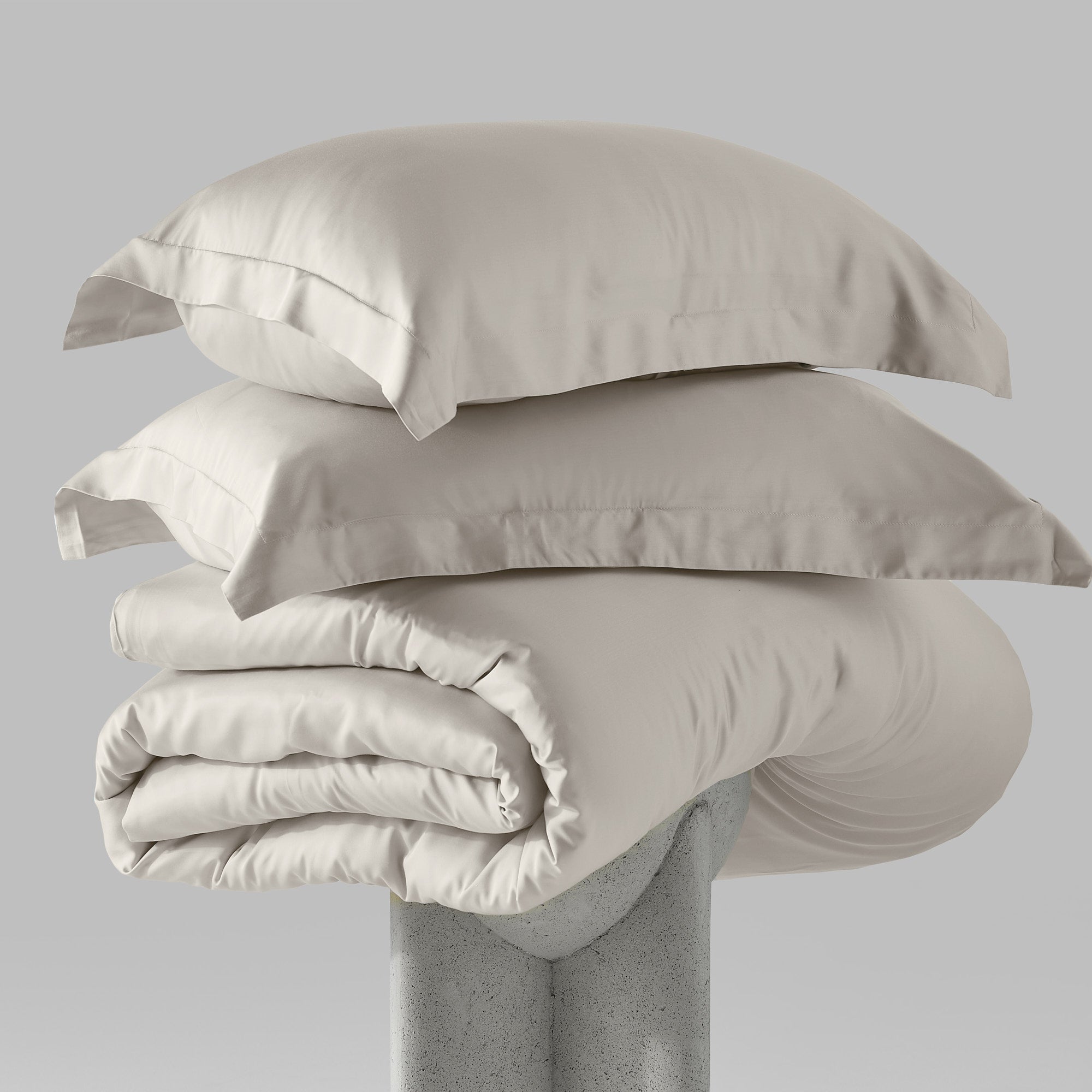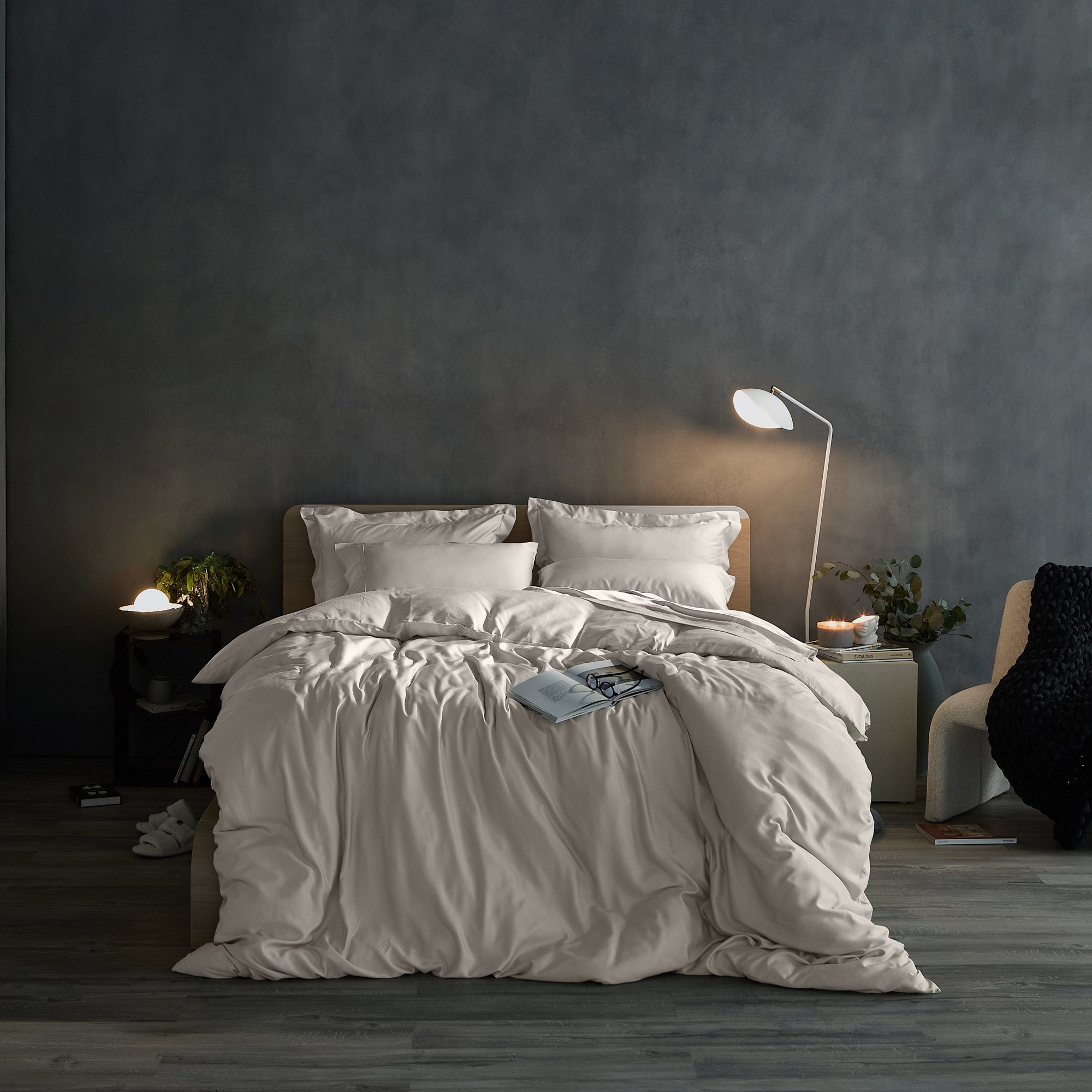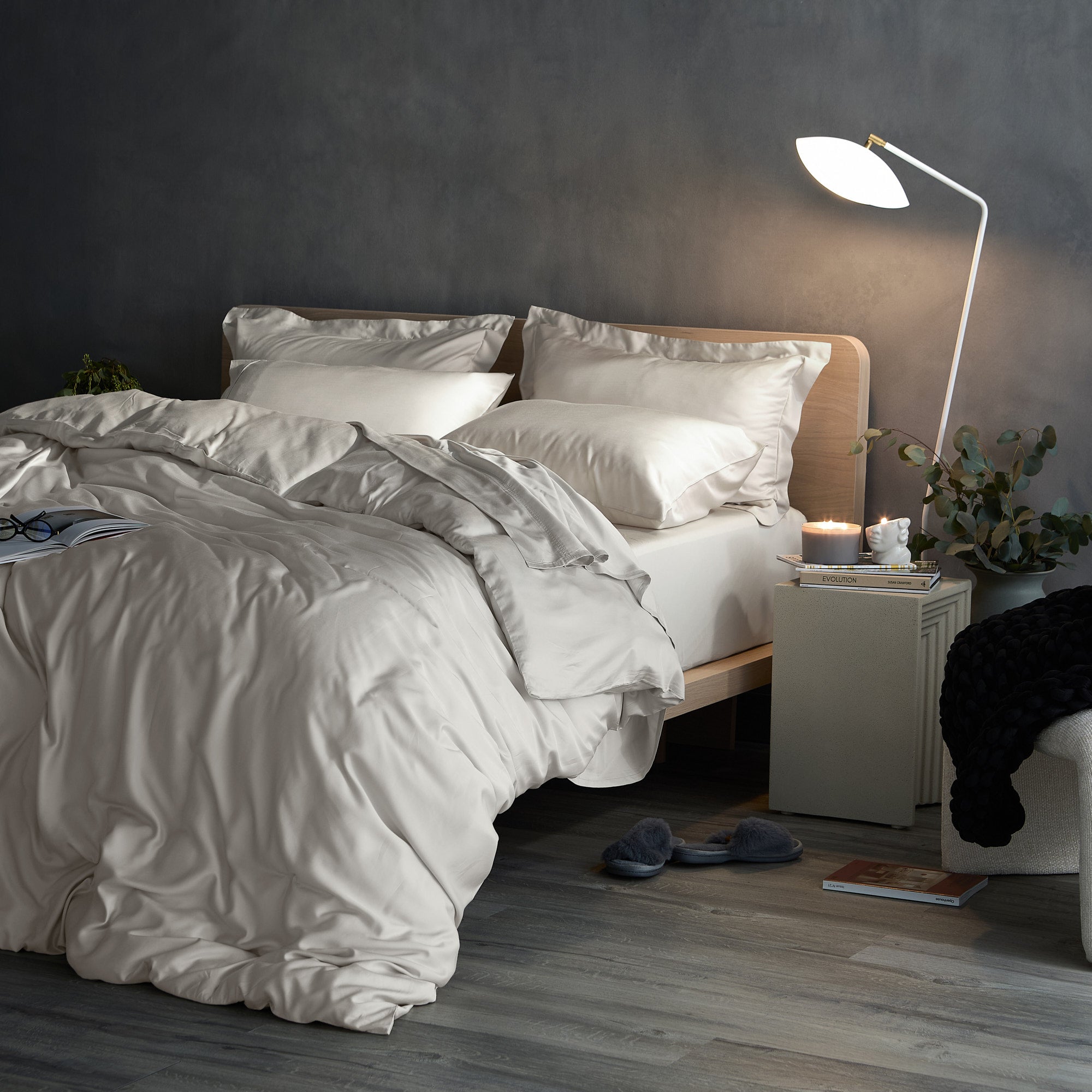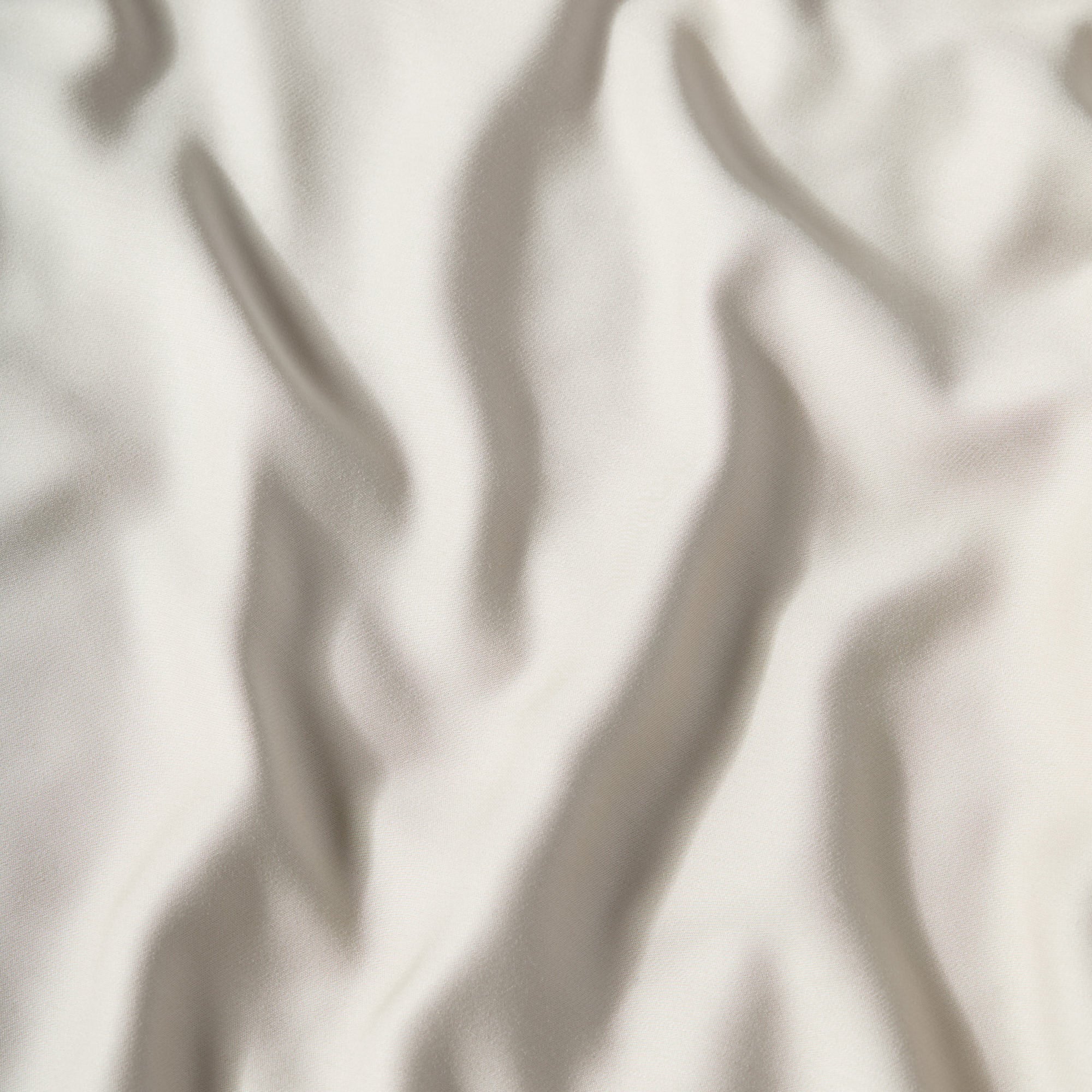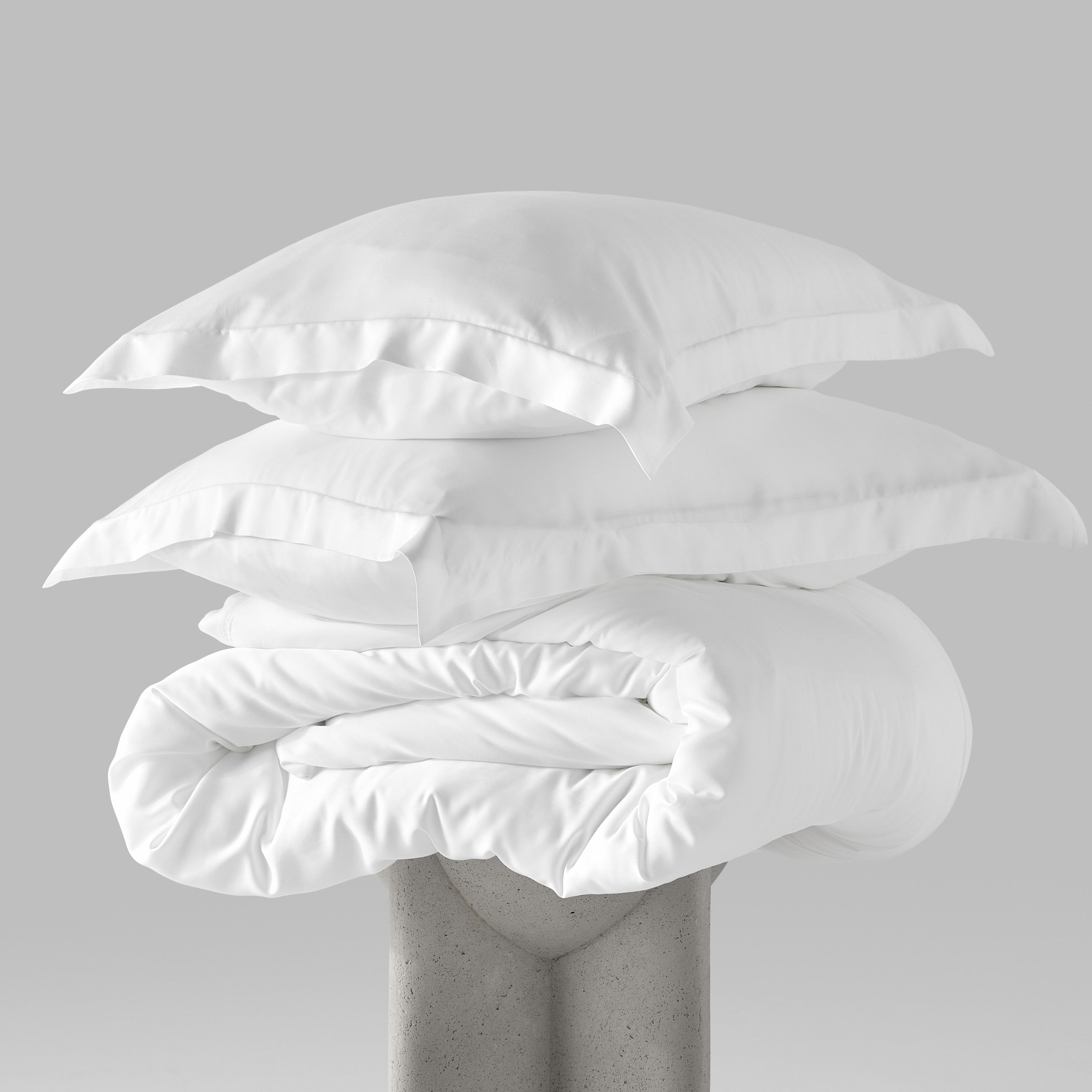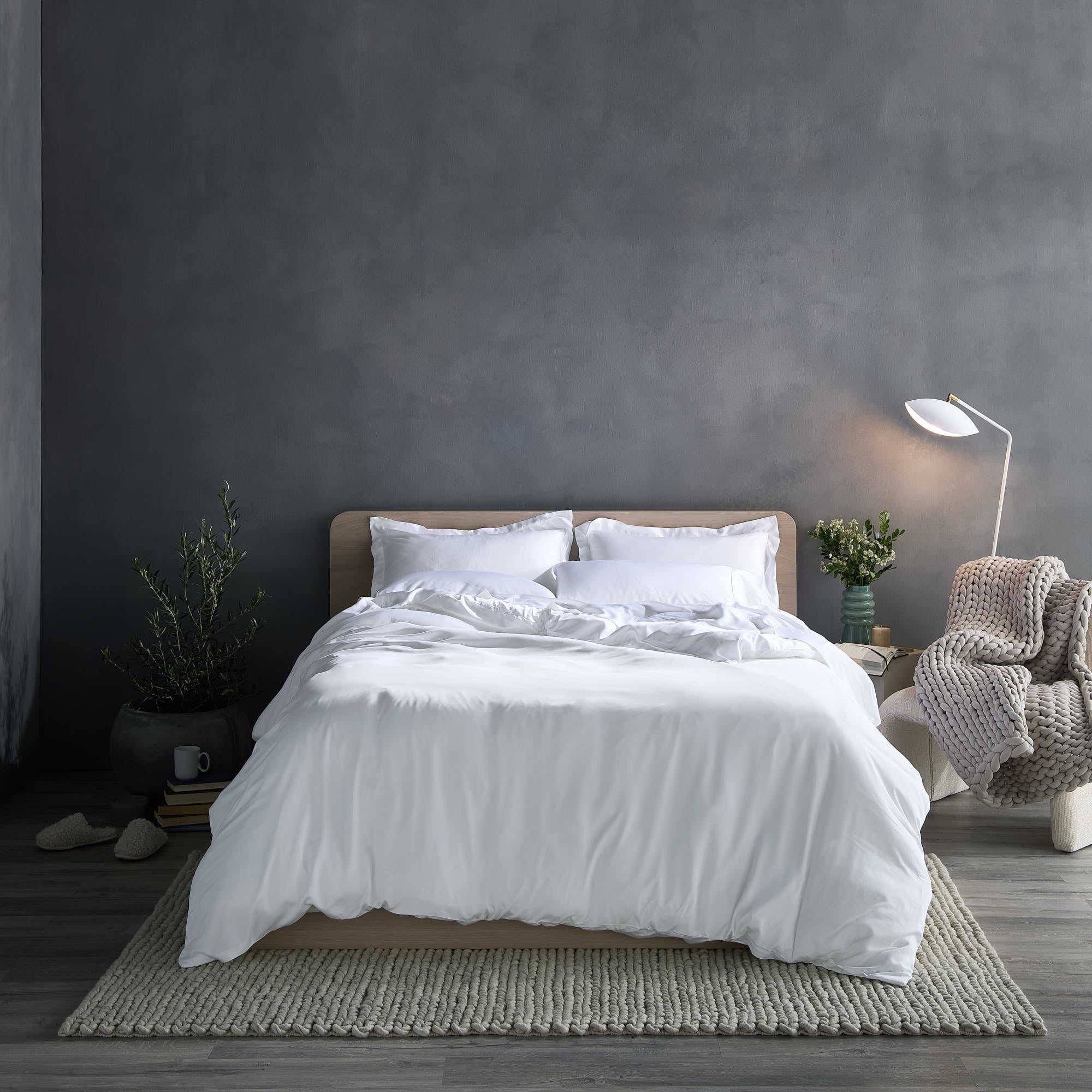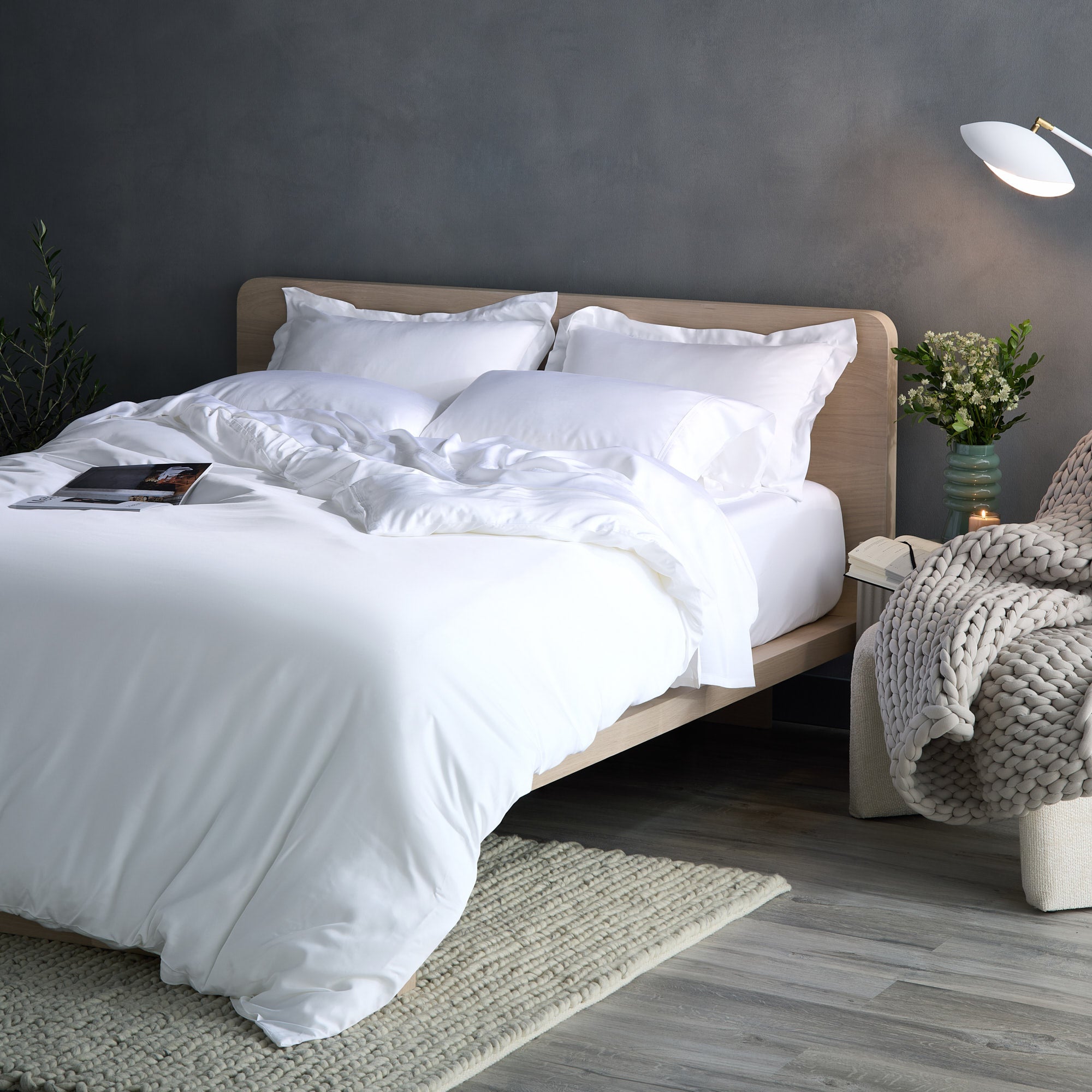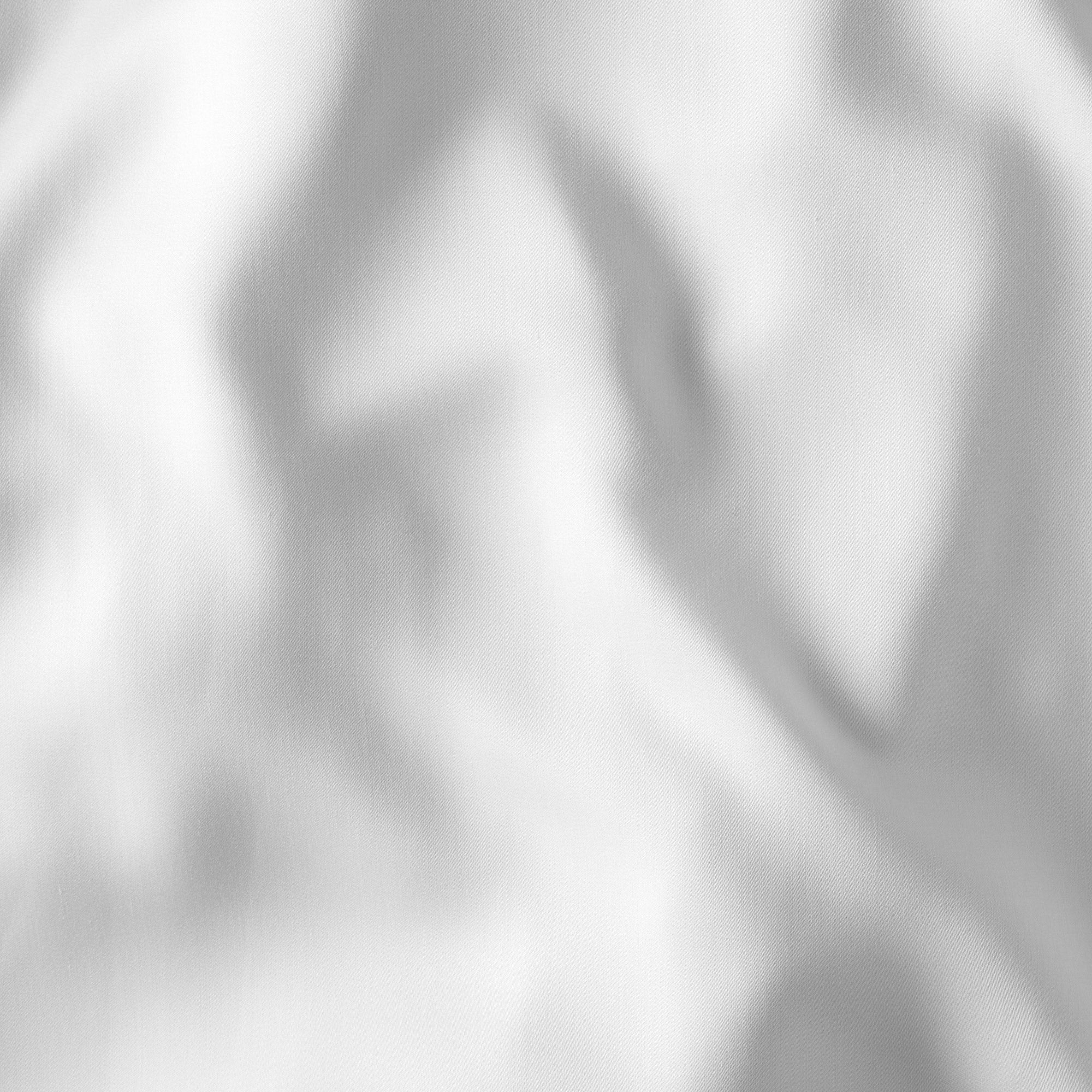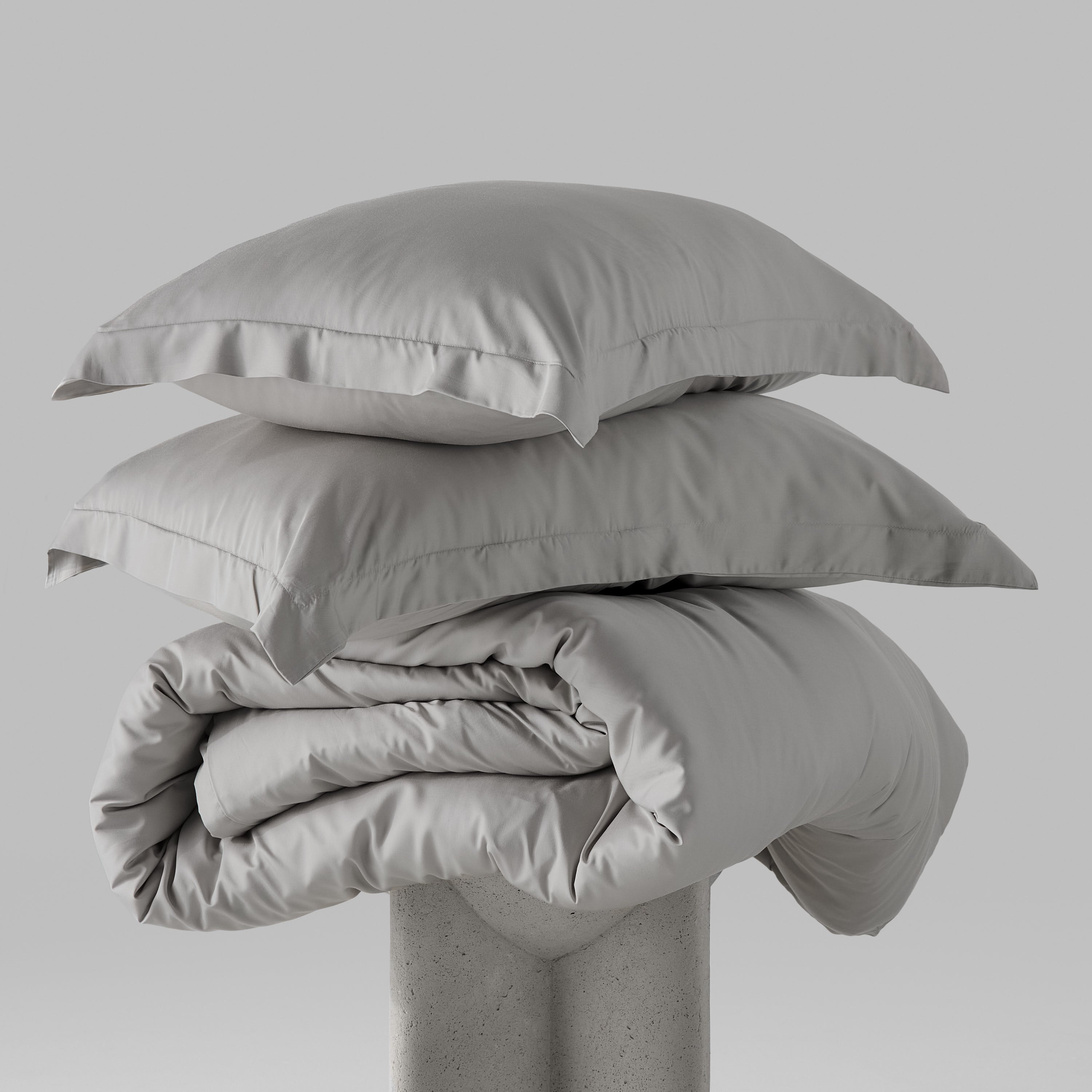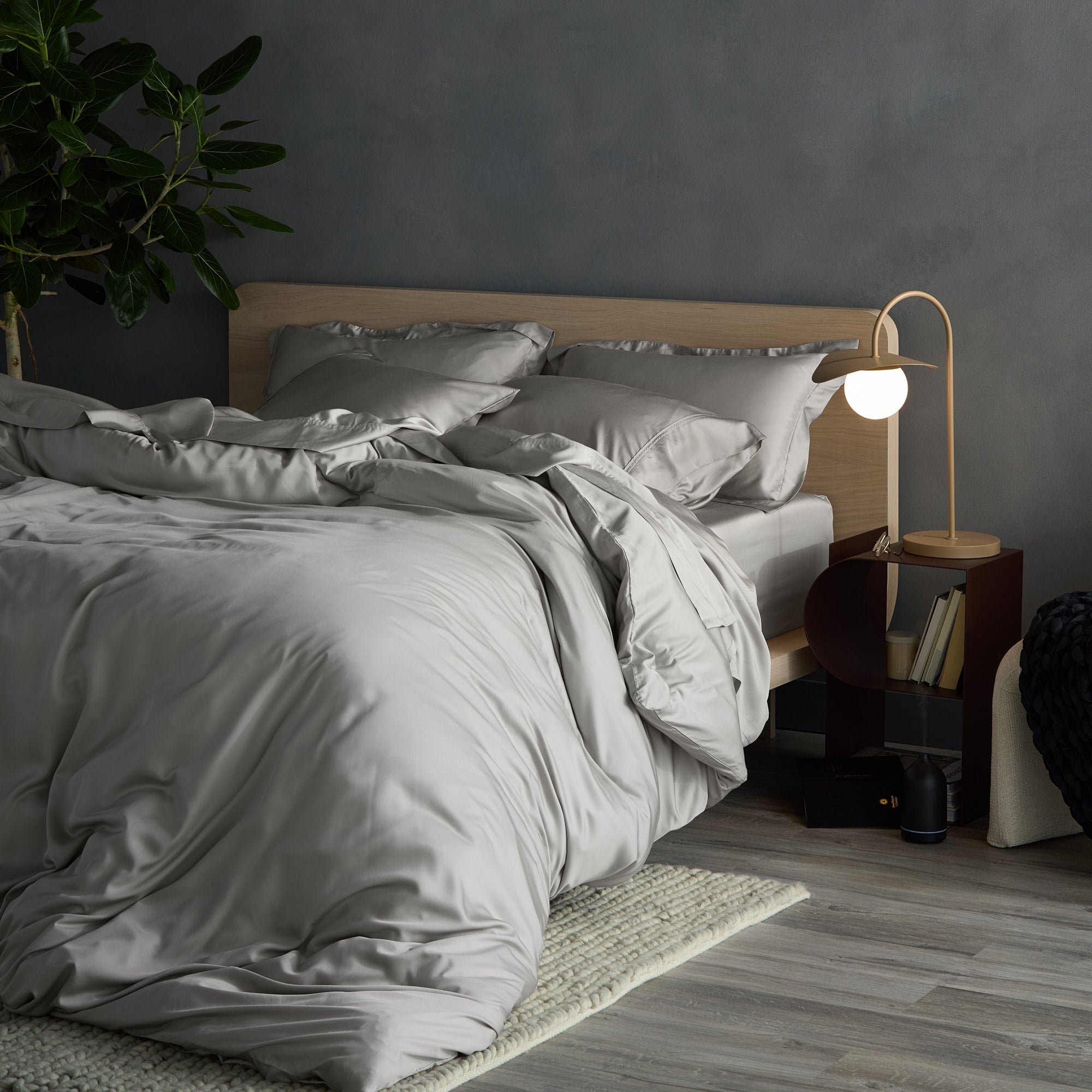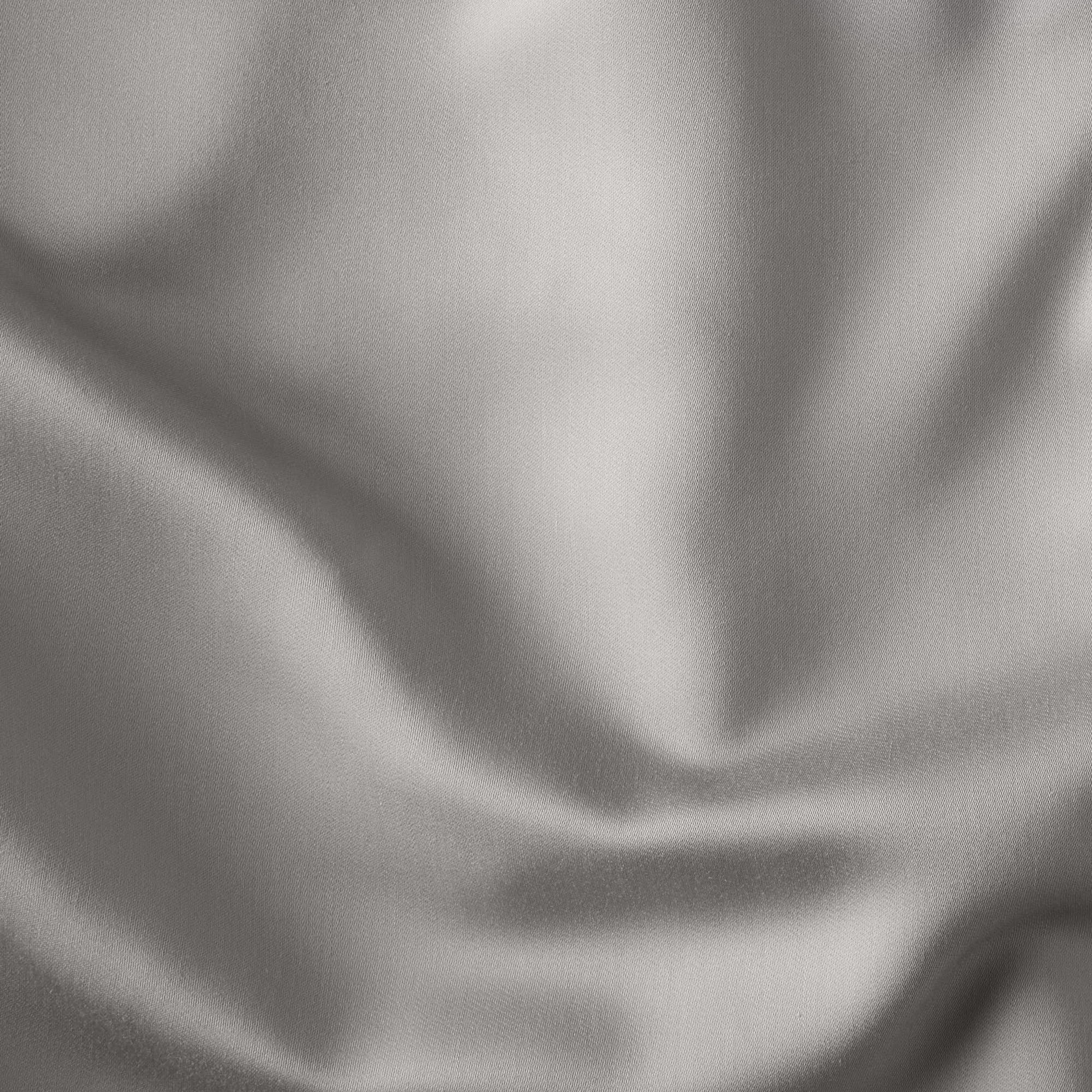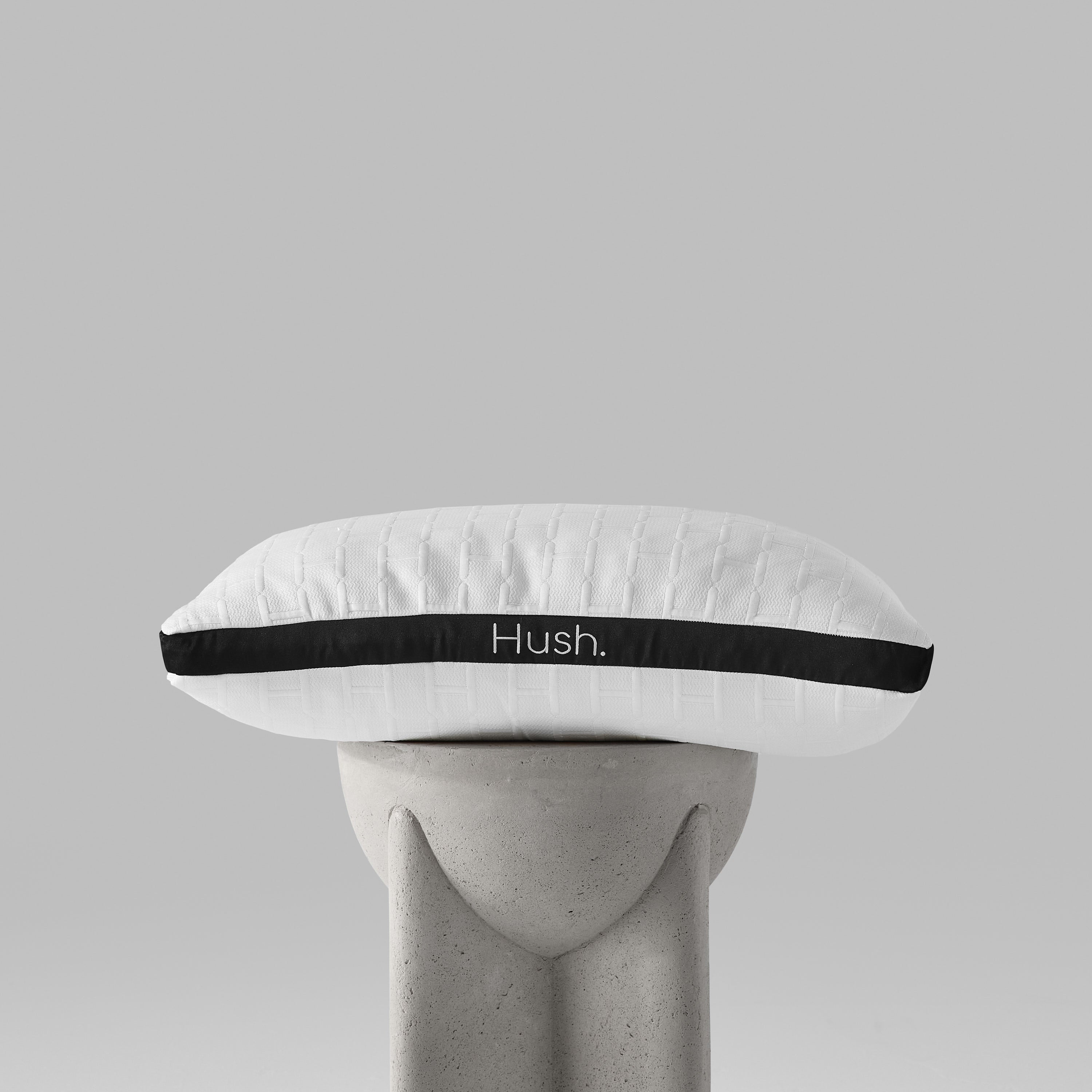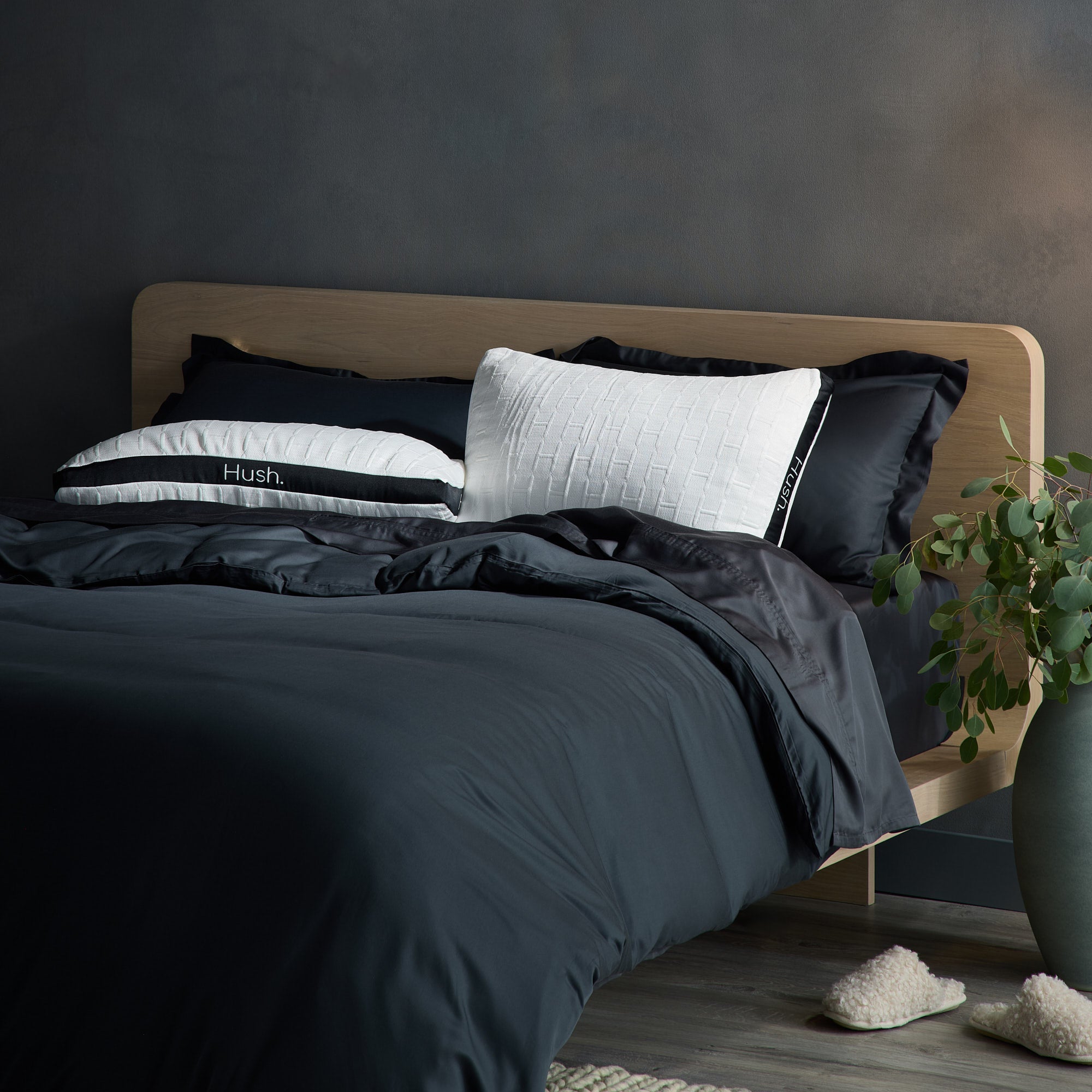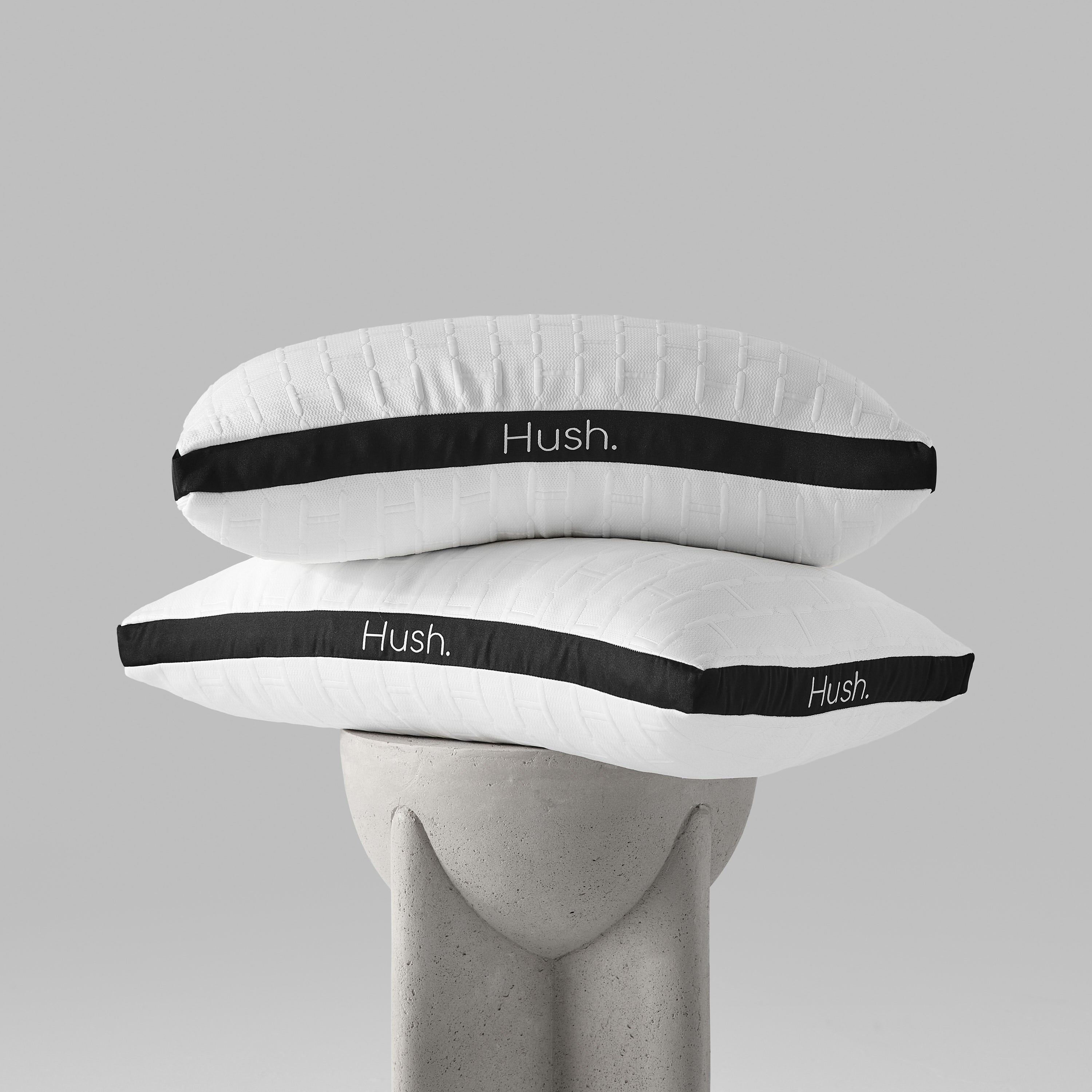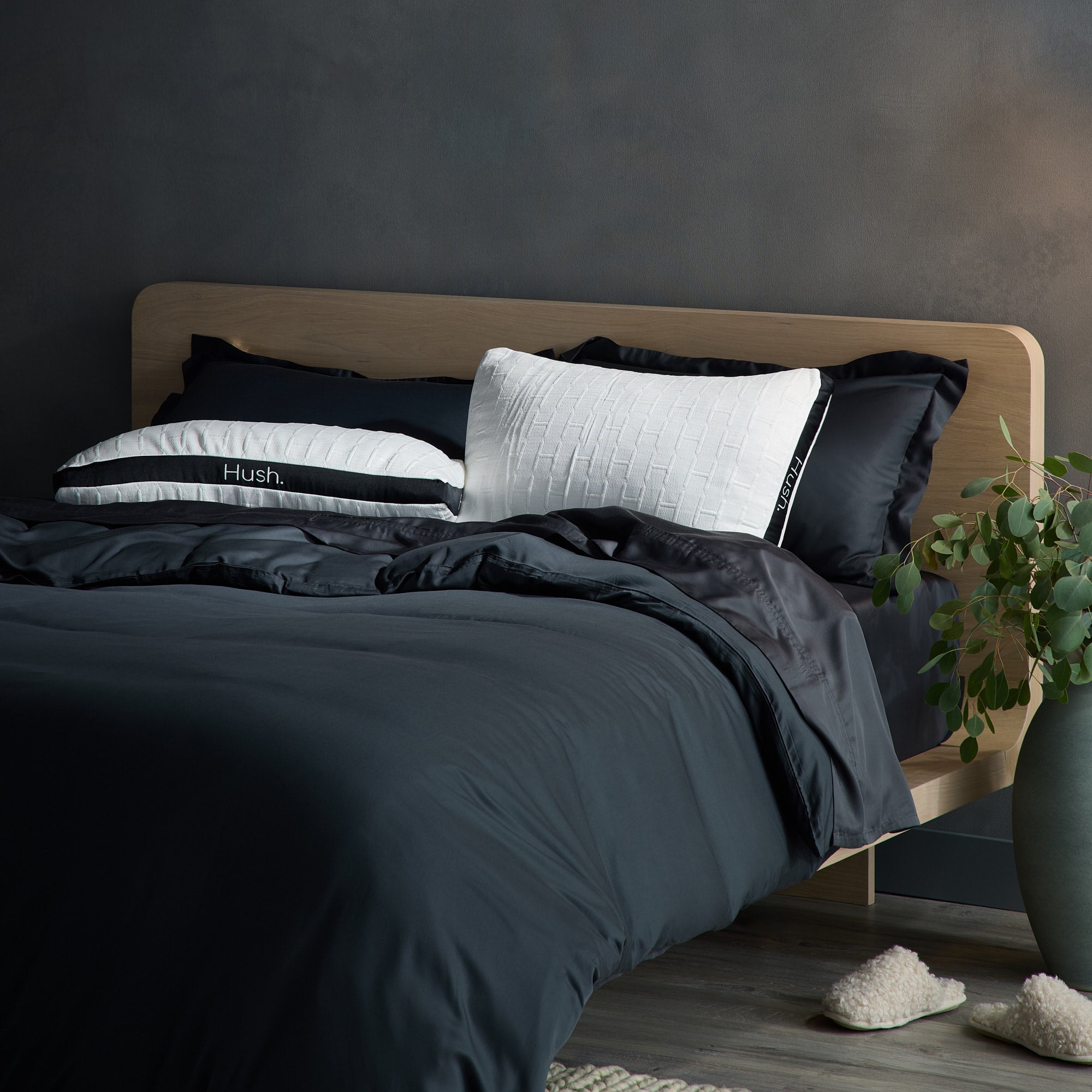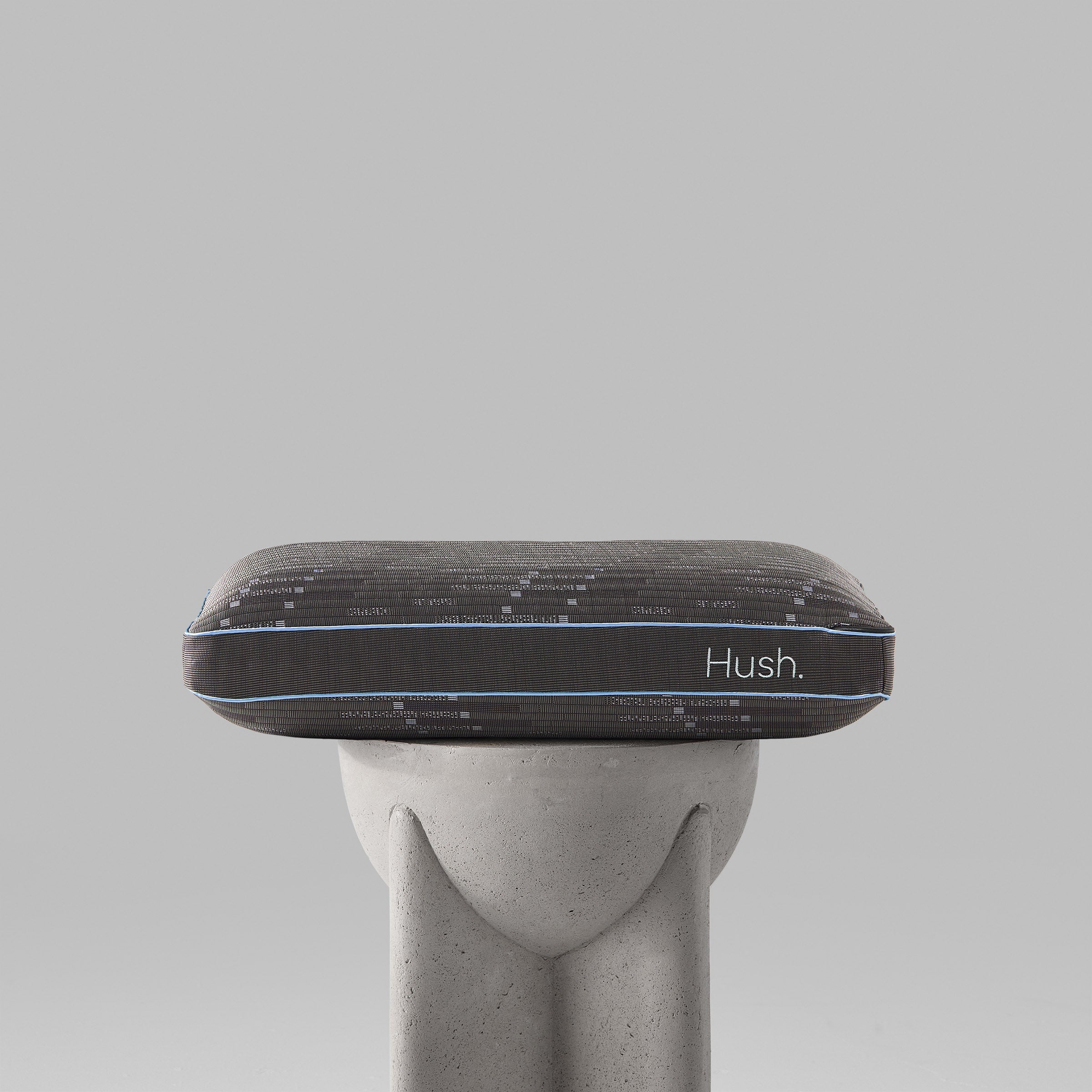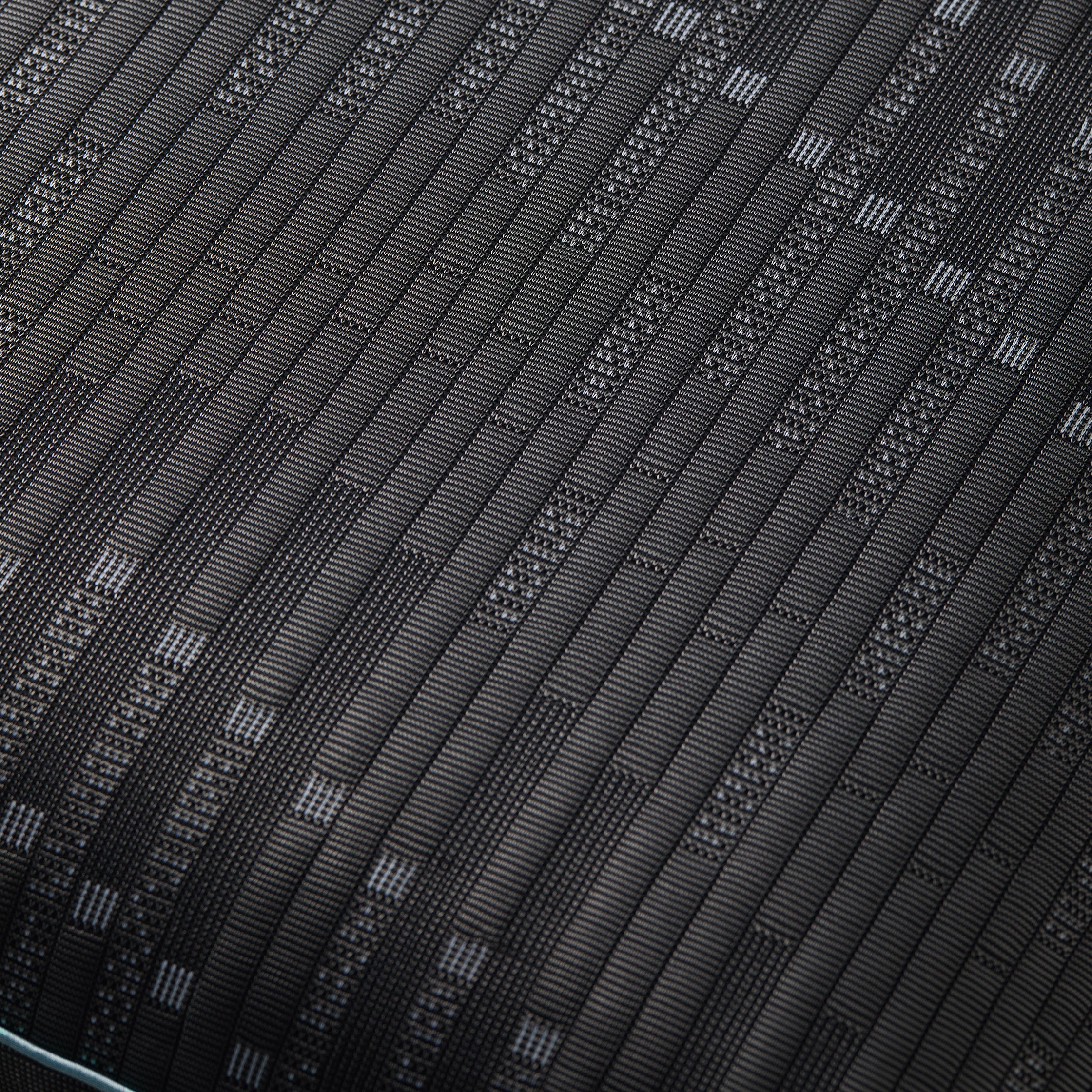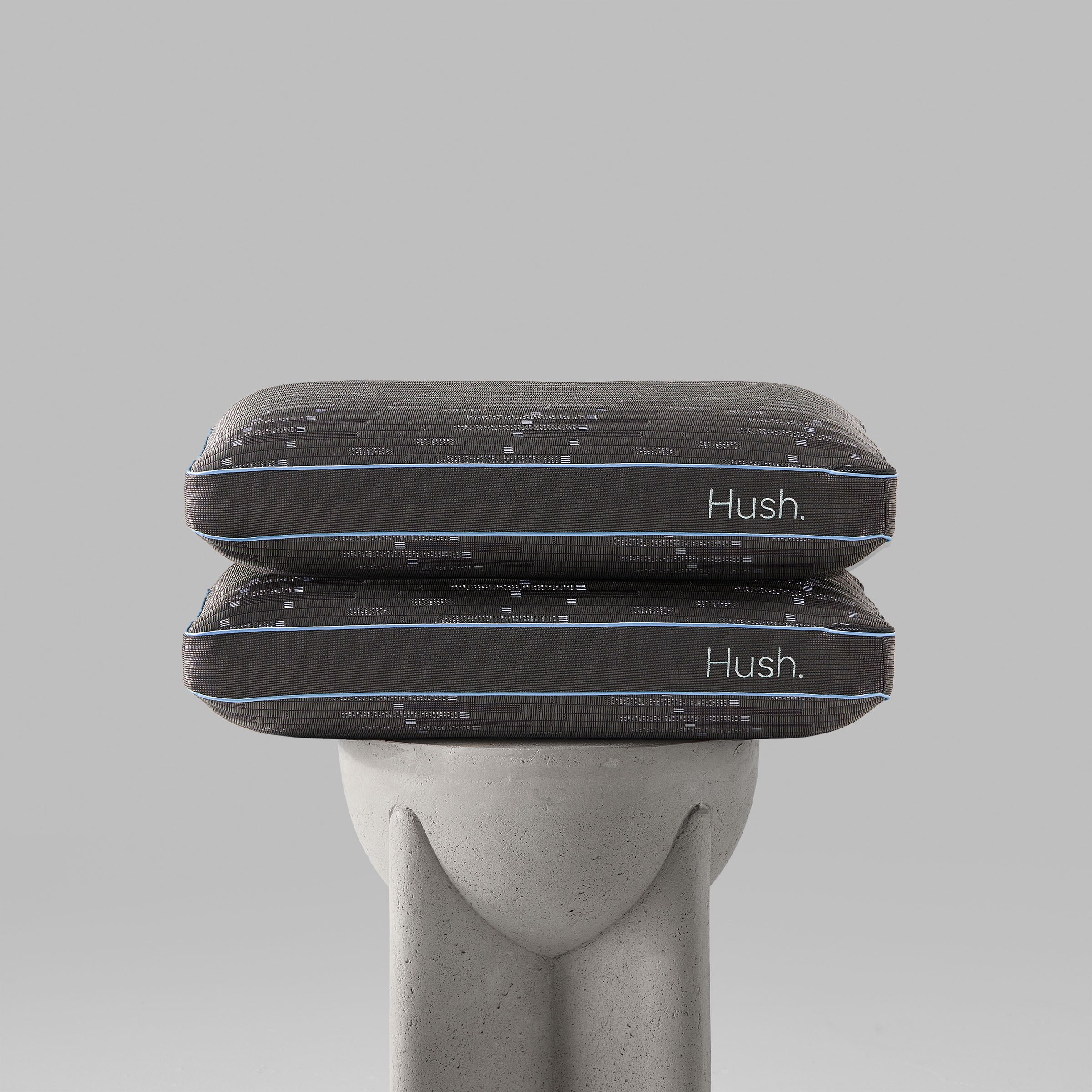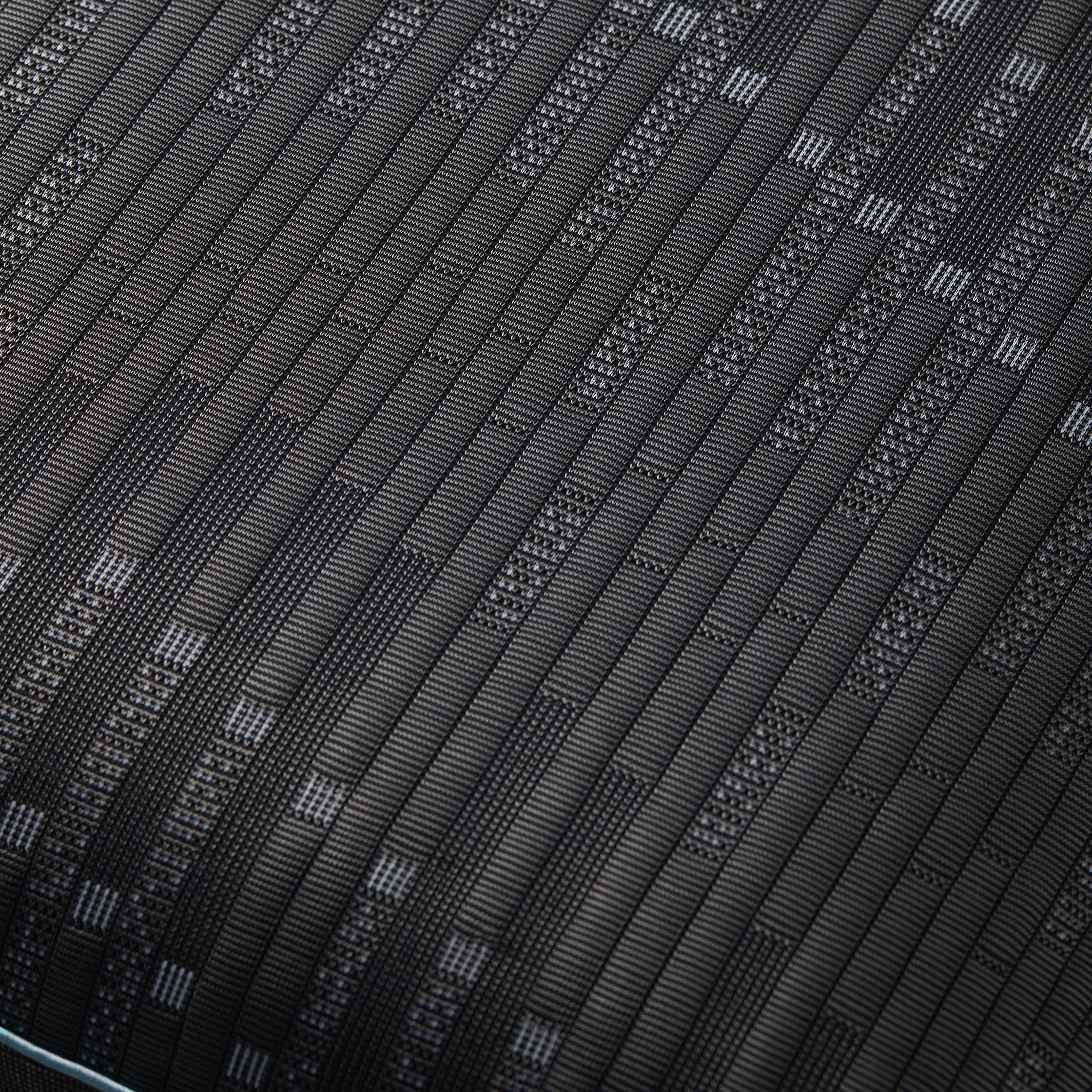When it comes to your bed set-up, there are a couple of non-negotiables; pillows, sheets, and of course, a duvet - ideally complete with a duvet cover. But what actually is a duvet cover, and is it really that important when it comes to getting a good night’s sleep? Let’s take a look.
What is a Duvet Cover?
A duvet cover, in its essence, is a protective layer with a closure that encases a duvet or comforter, much like a pillowcase covers a pillow. This protective sheath serves multiple purposes: not only does it keep your duvet itself clean from outdoor elements, but it also carries an aesthetic appeal: you can dress up your bed with a variety of different colours, fabrics and patterns, all by simply choosing the right duvet cover.
In short, your duvet cover is the first line of defence against dirt, sweat, and oils that could potentially harm the duvet inside.
Why are Duvet Covers Important?
Protection
The foremost purpose of duvet cover is to protect the inner duvet or comforter from external elements: when you come home and sit down on your bed in your outdoor clothes, you’d potentially be transferring any number of germs, dirt, stains and marks onto your duvet, and given that it can be challenging to wash a duvet, the cover acts as a buffer. So not only does a duvet cover save you time and money that’d otherwise be spent at the dry cleaner, it also prolongs the longevity of your duvet by protecting it from rips, tears, and other damage.
Hygiene
As you likely already know, we shed skin cells, sweat, and produce body oils nightly when we go to sleep, which can lead to an accumulation of bacteria on our bedding. Being lightweight, duvet covers are easily removable and can be washed regularly, ensuring a cleaner sleeping environment without the hassle of washing a heavyweight duvet. At Hush, we even offer duvet covers that come with temperature regulation - no more sweaty and clammy bed sheets! Shop for Queen duvet cover today and enjoy a cool, sweat-free sleep no matter the weather.
Style Flexibility
Want to refresh your bedroom's look without investing in a new duvet or comforter? Simply switch out the duvet cover! You can use your bed’s duvet cover to bring a new dimension to your room, whether it be with new colours, eye-catching patterns, or even new textures like silk or velvet. Plus, duvet covers are typically much more affordable than duvets themselves, so they allow for easy bedroom transformations without a big investment. If you’re looking for style inspiration, you can shop for king duvet cover right here on our website.
Comfort
Finally, duvet covers can also influence the feel of your sleep environment, adding comfort and cosiness where needed. For instance, a cotton cover can provide a crisp feel, while one made of satin or velvet might offer a silky, smooth touch.
What are Duvet Covers Made Of?
You can find duvet covers in a number of different materials, each offering their own set of benefits:
- Cotton: Breathable and soft, cotton is a popular choice for duvet covers. Cotton tends to be durable, machine-washable, and comes in various thread counts, influencing its feel.
- Linen: Known for its natural, rustic charm, linen is exceptionally breathable, making it ideal for warmer climates. With time, linen also becomes softer and more comfortable.
- Silk: Luxurious and smooth, silk is naturally hypoallergenic. It can regulate temperature, ensuring you stay cool in summer and warm in winter.
- Polyester and Blends: Often more affordable than natural fibres, polyester and its blends are durable and easy to care for; they can also mimic the feel of natural materials, offering a budget-friendly alternative.
Duvet vs Insert
So, what’s the difference between a duvet and a duvet insert? While these terms are often used interchangeably, they refer to distinct items: a duvet typically pertains to a type of bedding that is a flat bag filled with down, feathers, or synthetic alternatives. An insert, on the other hand, is often a generic term referring to what goes inside a duvet cover. This can be a duvet, comforter, or another type of blanket. The main takeaway? All duvets can be inserts, but not all inserts are duvets.
Duvet vs Comforter
And what about duvets vs comforters? While both duvets and comforters look similar, they do have some key differences:
Structure & Use
A duvet is designed to be used with a protective cover, while a comforter is often used as-is, with no additional covering. This means that while you can frequently wash a duvet cover, a comforter might need more care or even professional cleaning.
Style
Comforters come in set patterns and colours, so if you wish to change the design, you'd typically need a new comforter. Duvets, however, rely on their covers for style, allowing for easier and more affordable design switches.
Weight & Warmth
Thirdly, duvets come in varying warmth ratings (also known as ‘tog’ ratings) which allows you to pick the perfect feel for your climate and temperature preference. Comforters are slightly more basic, and don't usually offer this flexibility, instead usually coming in a standard warmth and weight.
FAQs
How often should I wash my duvet cover?
For optimum hygiene, it's recommended to wash your duvet cover every two weeks or at least once a month. If you have allergies or pets that share your bed, consider washing it weekly.
Can I use a duvet cover with my existing comforter?
Absolutely! If your comforter fits snugly within the duvet cover, it can act as an insert, giving you the benefits of easy cleaning and style change.
Is there a right way to put on a duvet cover?
There are several methods, but the "burrito method" is quite popular. Turn your duvet cover inside out, lay the duvet on top, roll them together, tuck, and then unroll.
